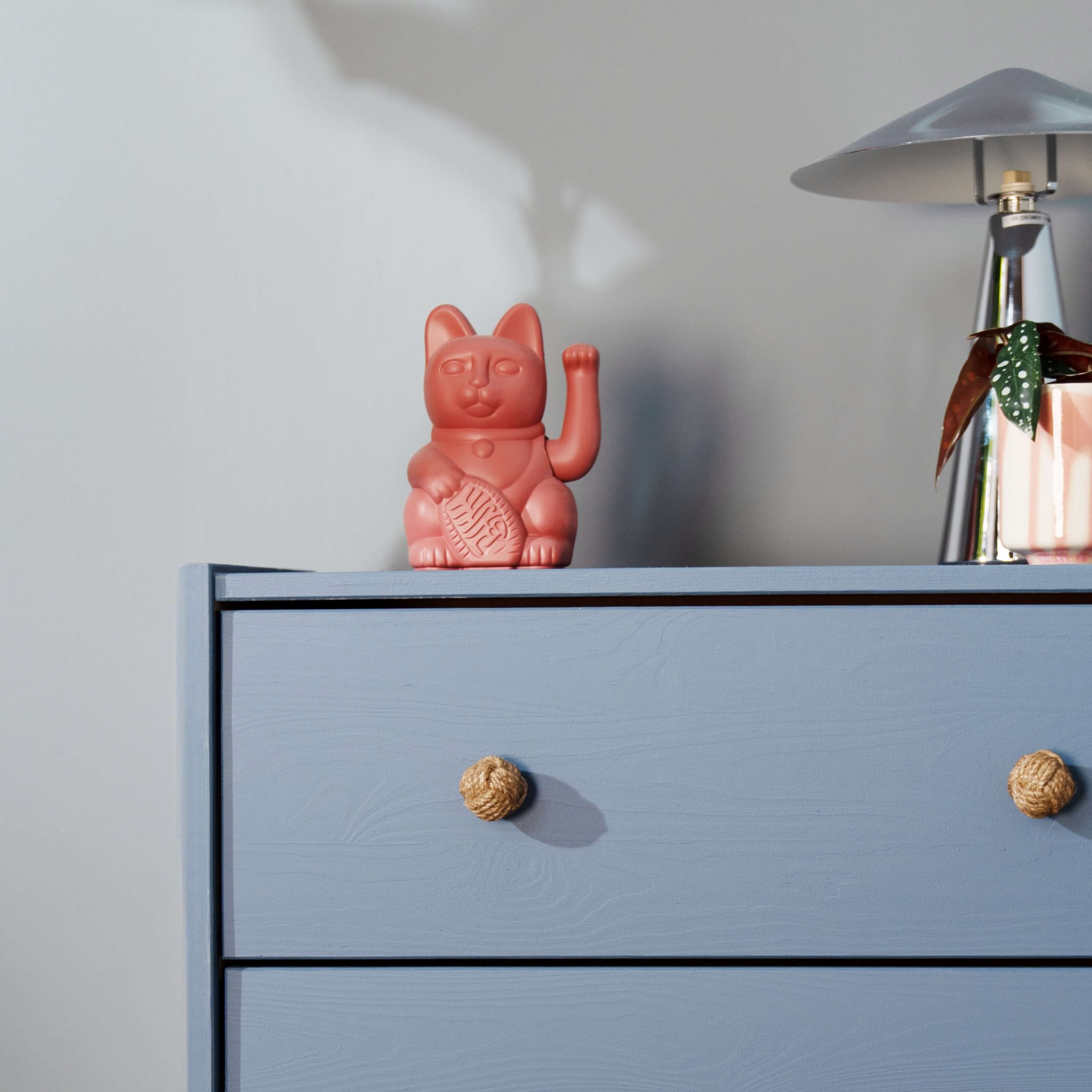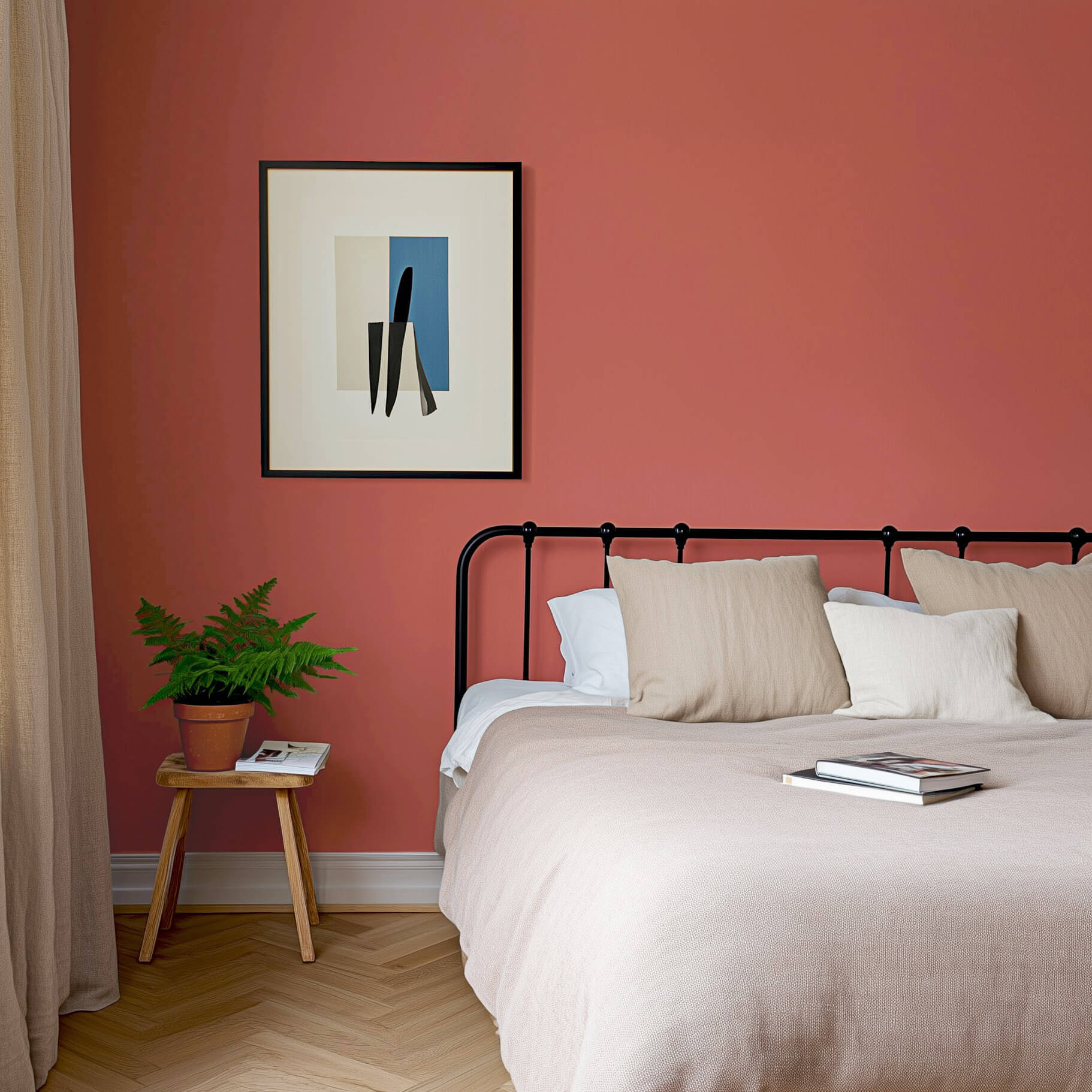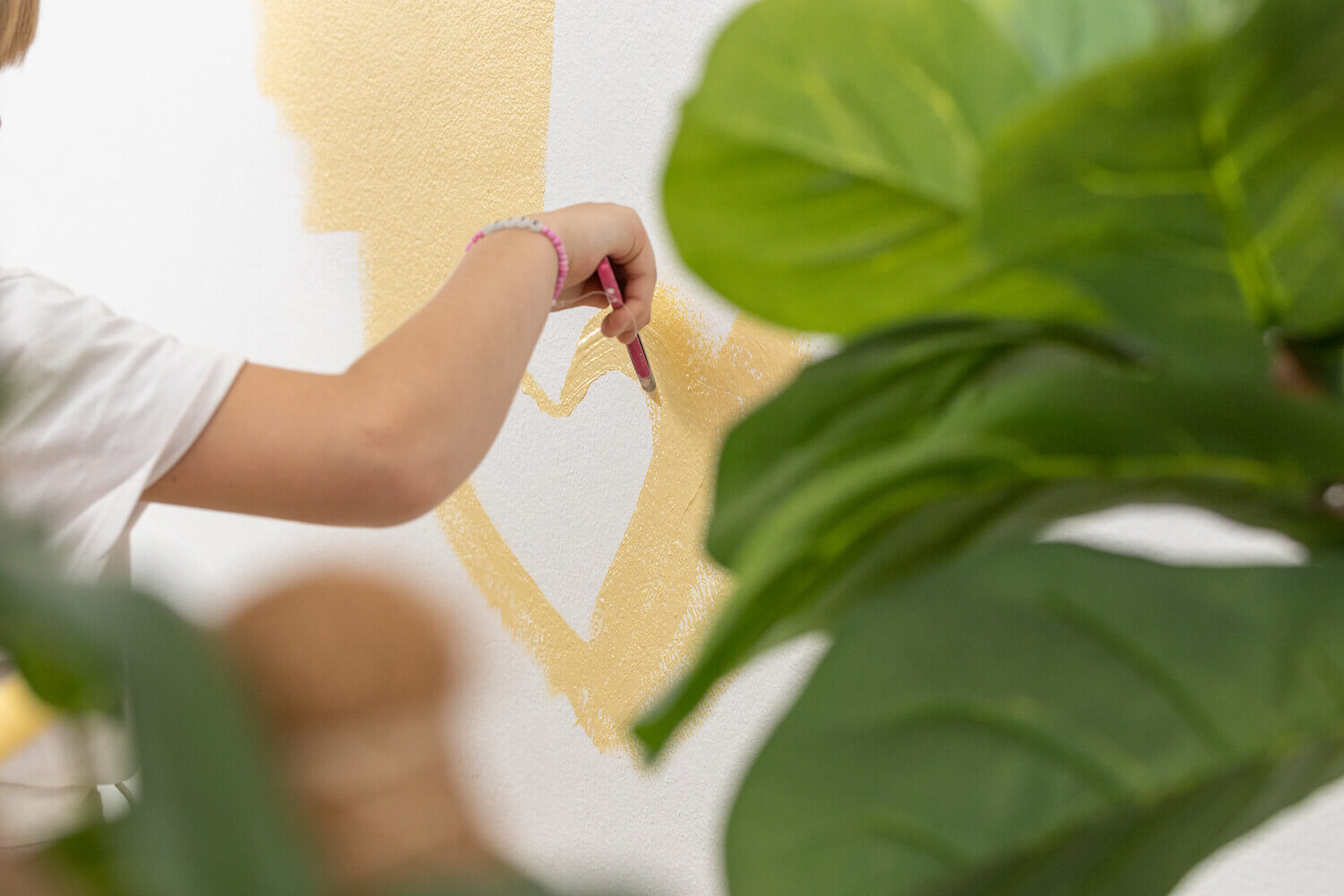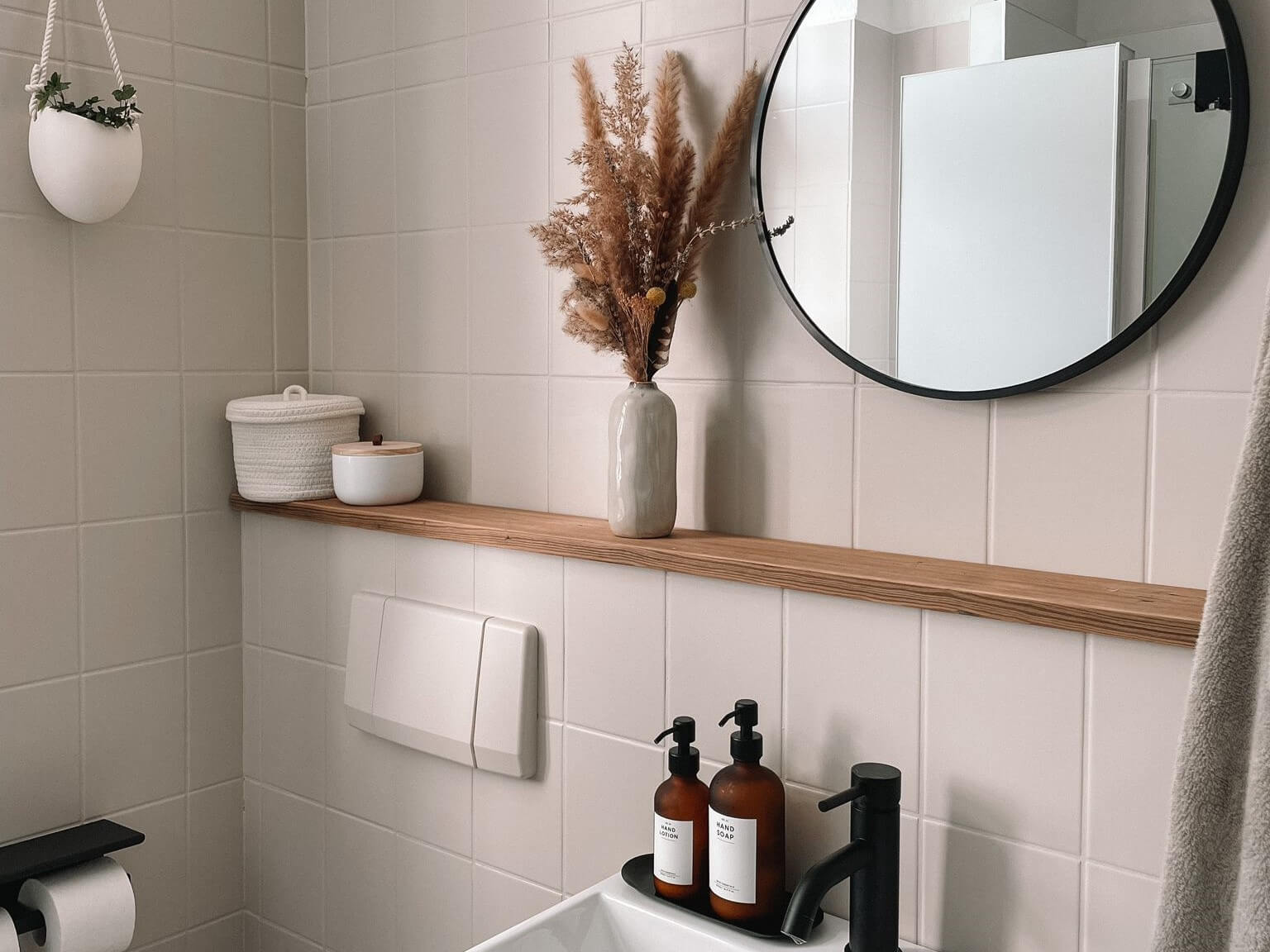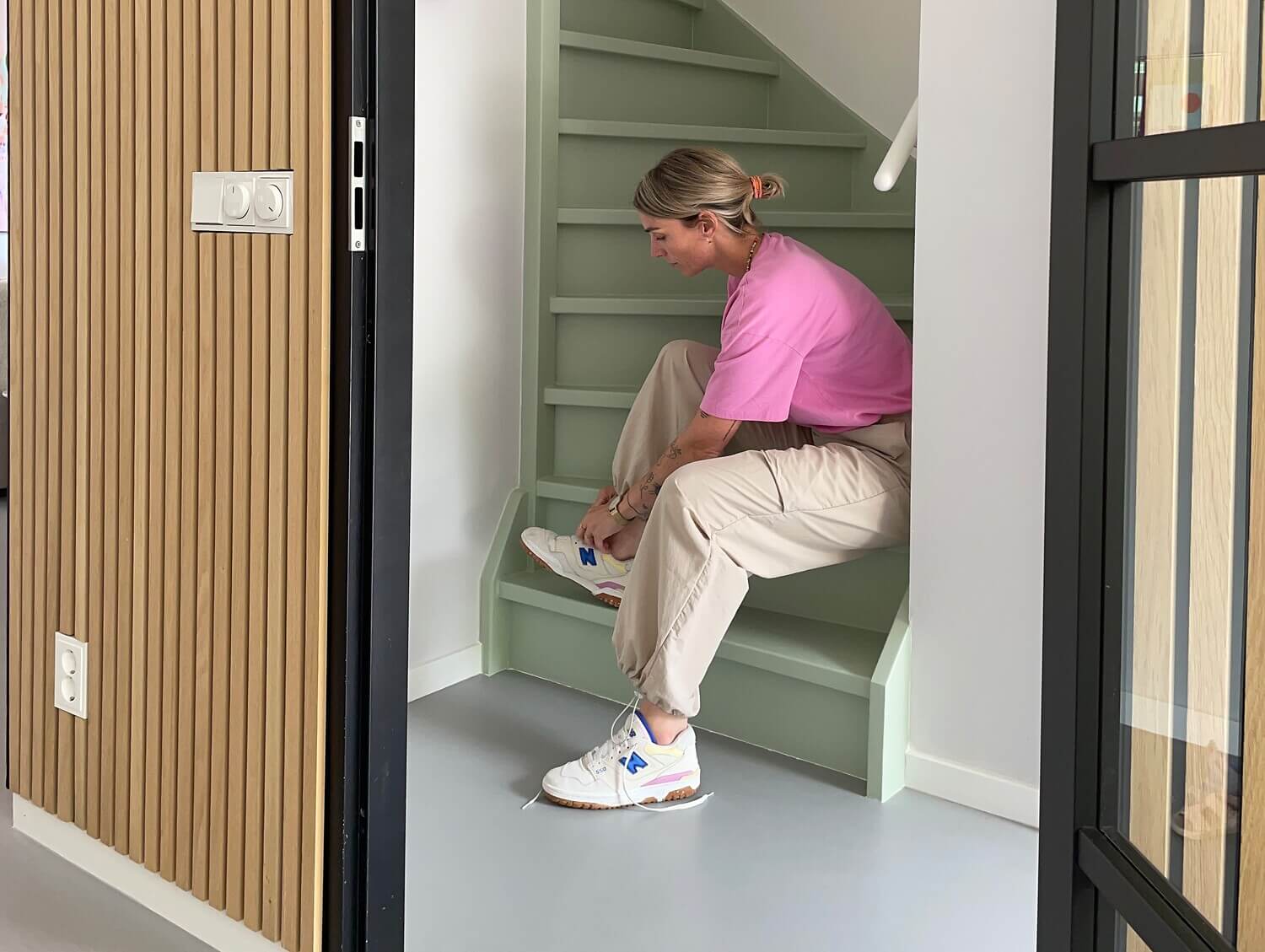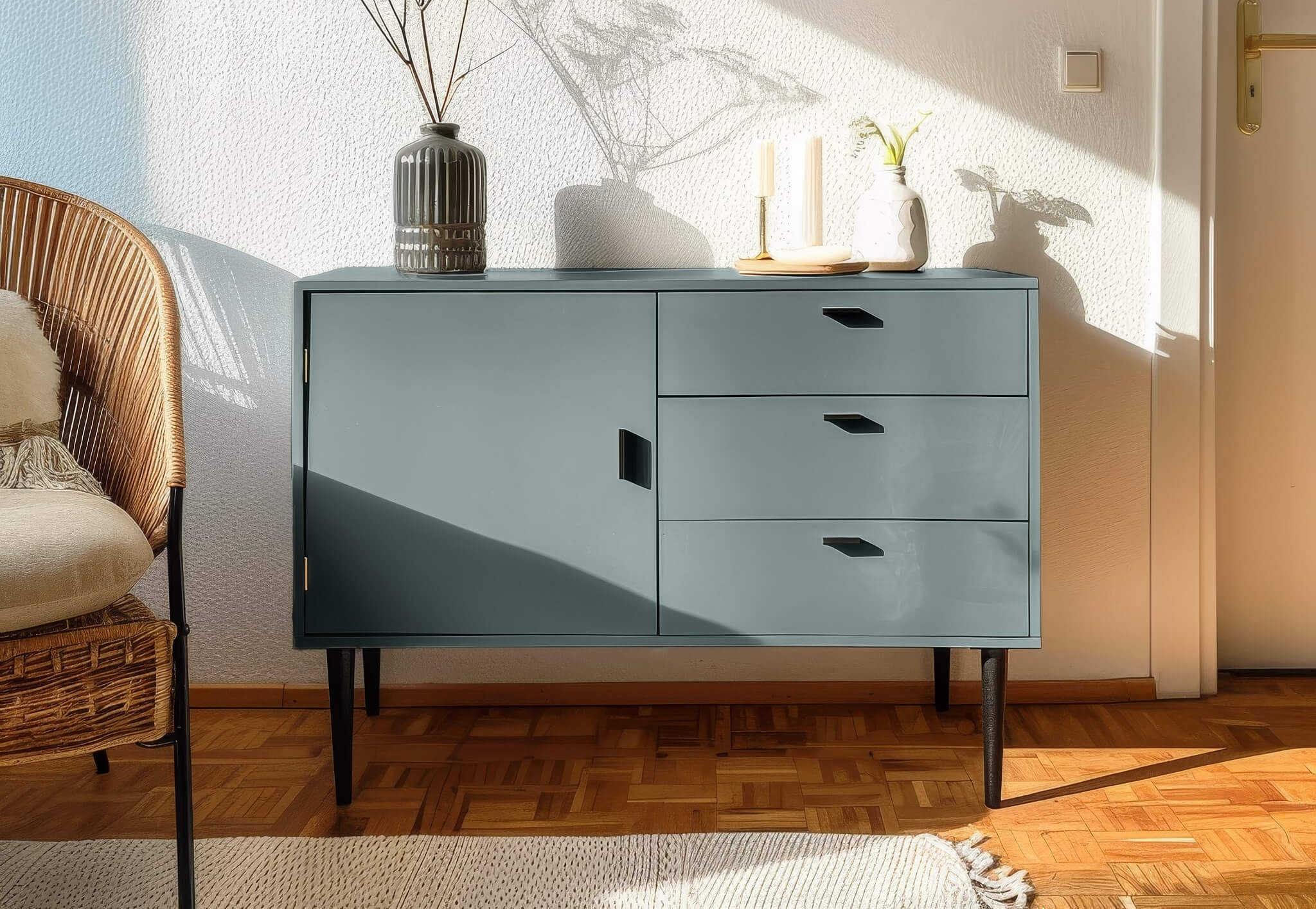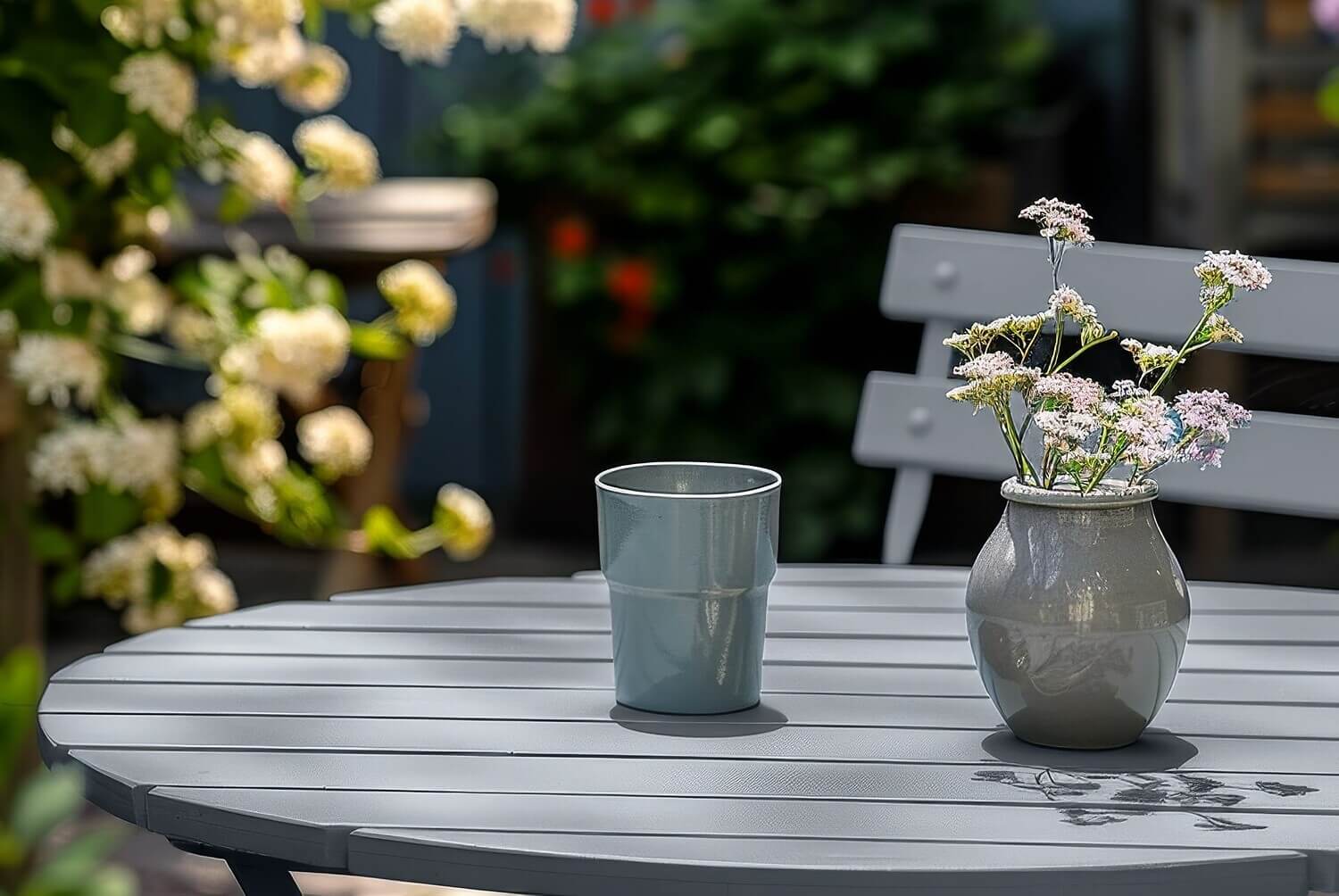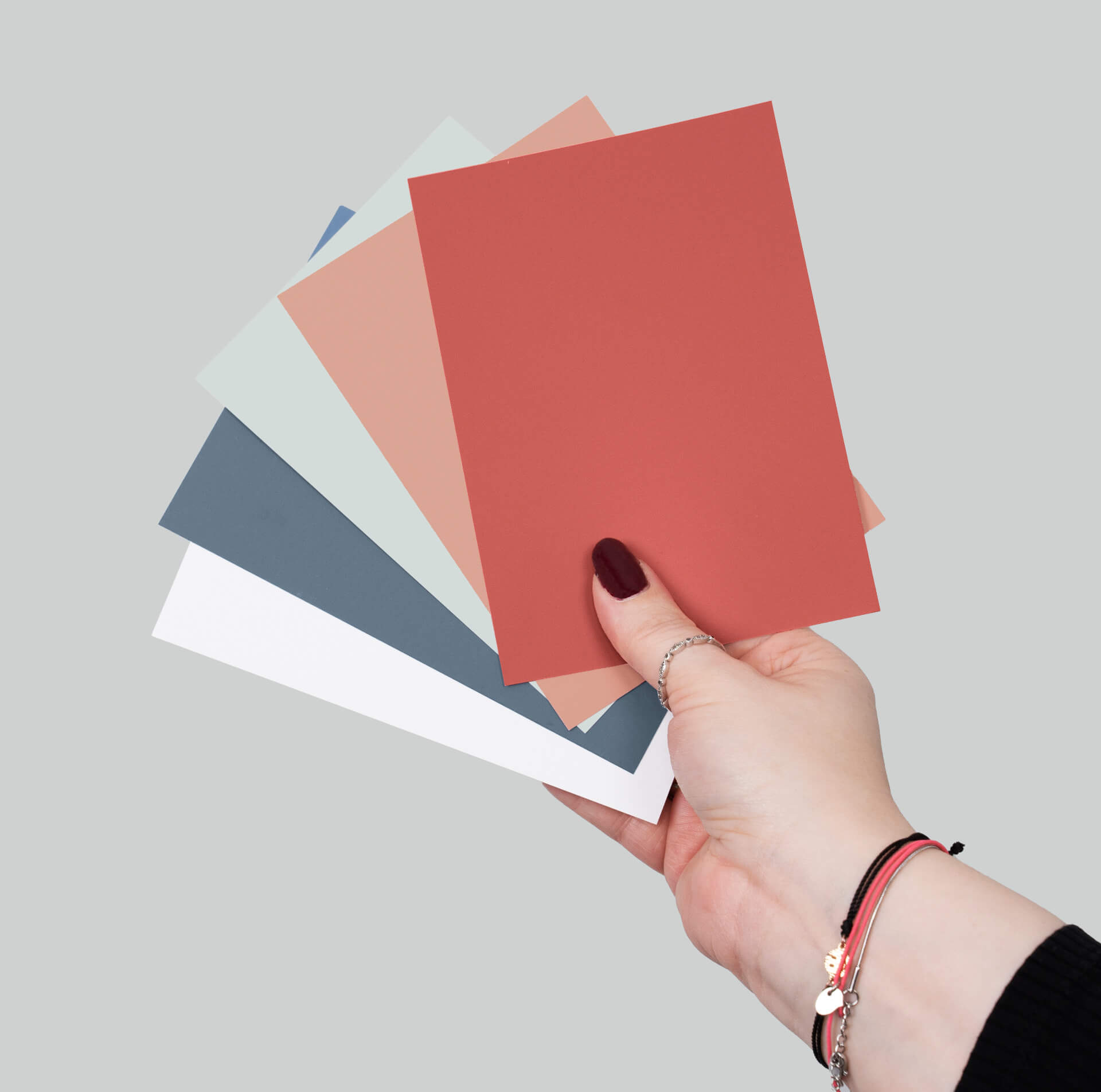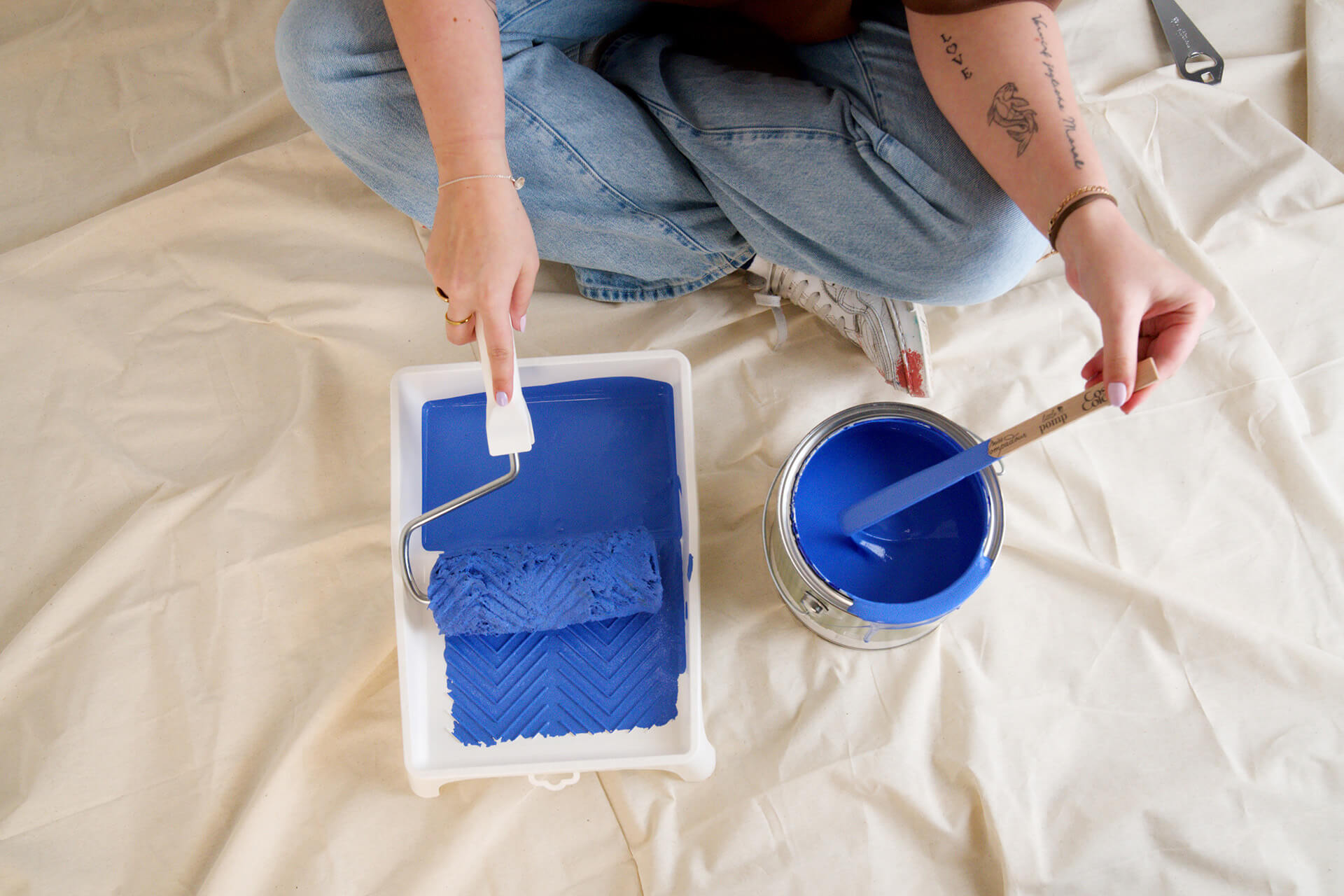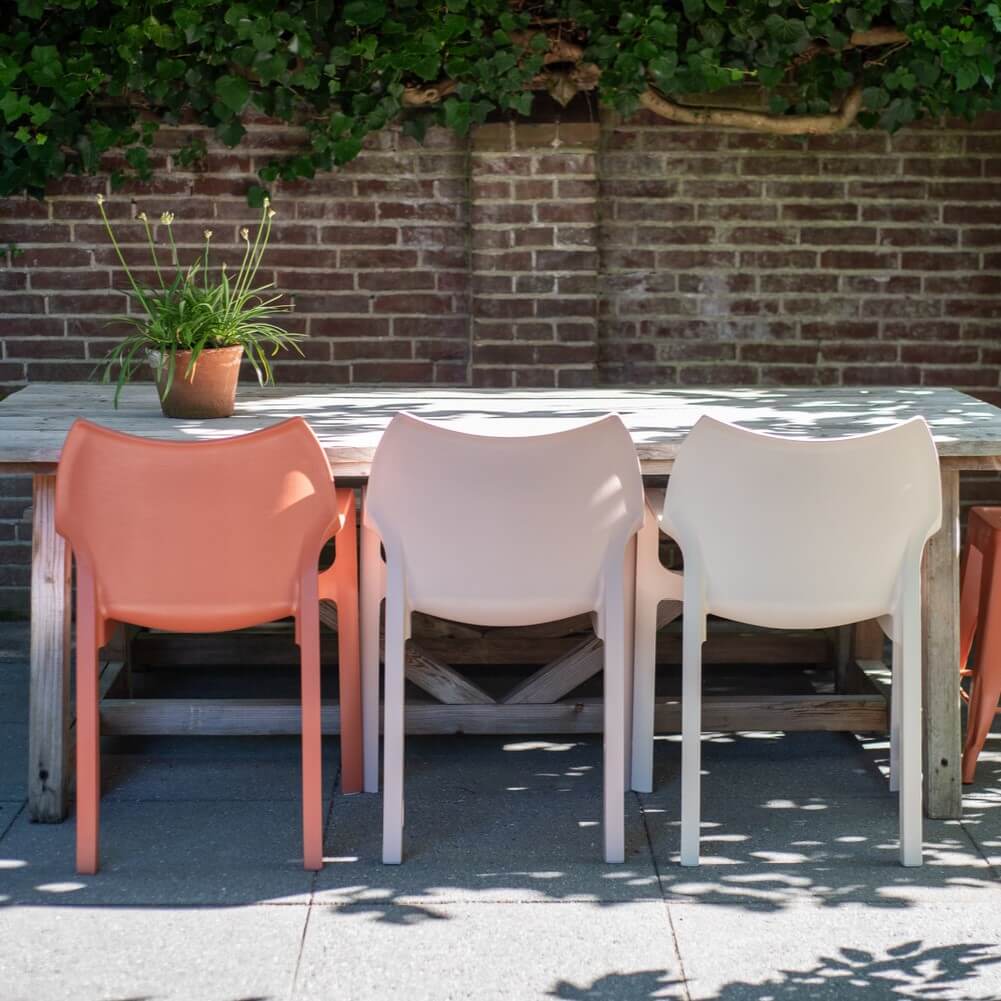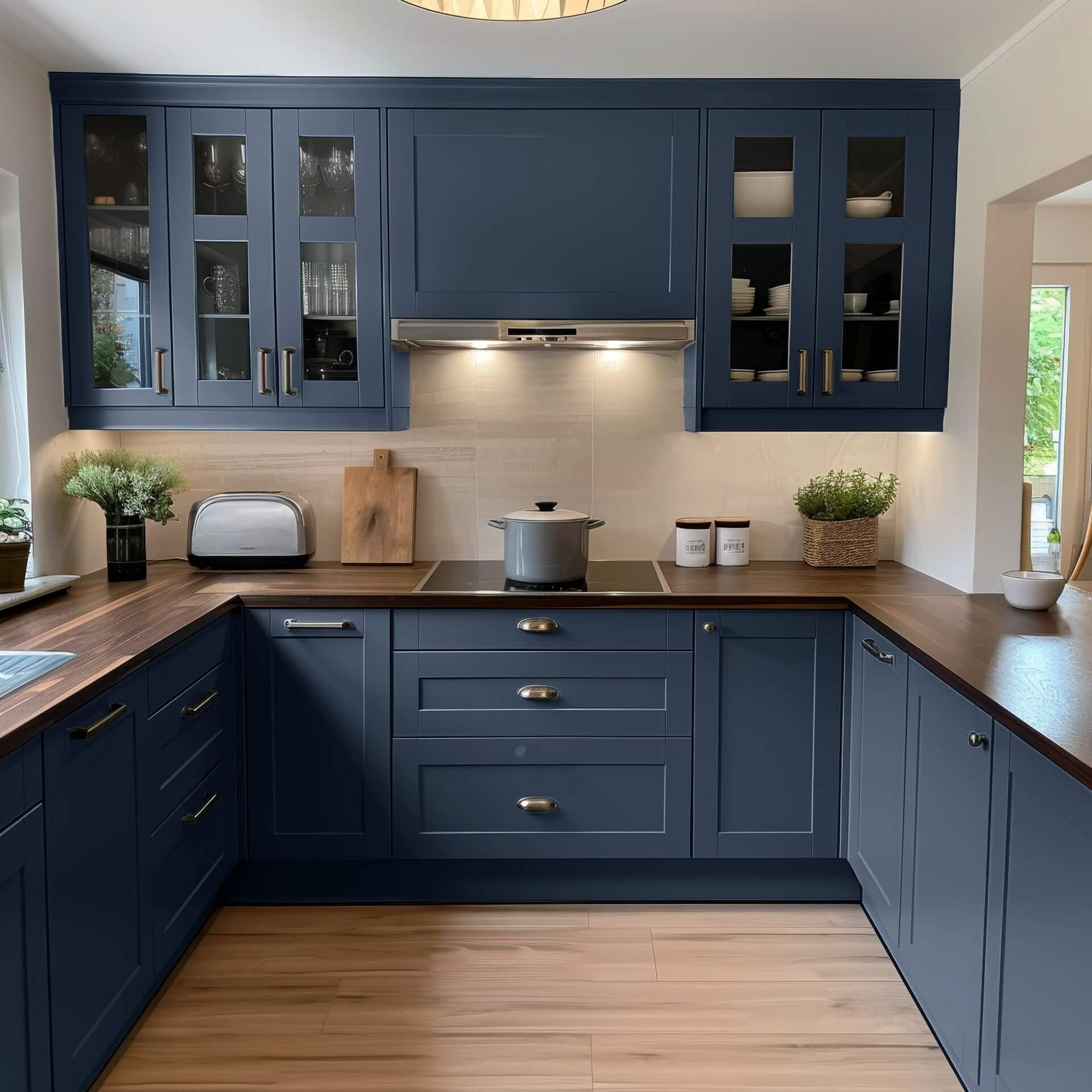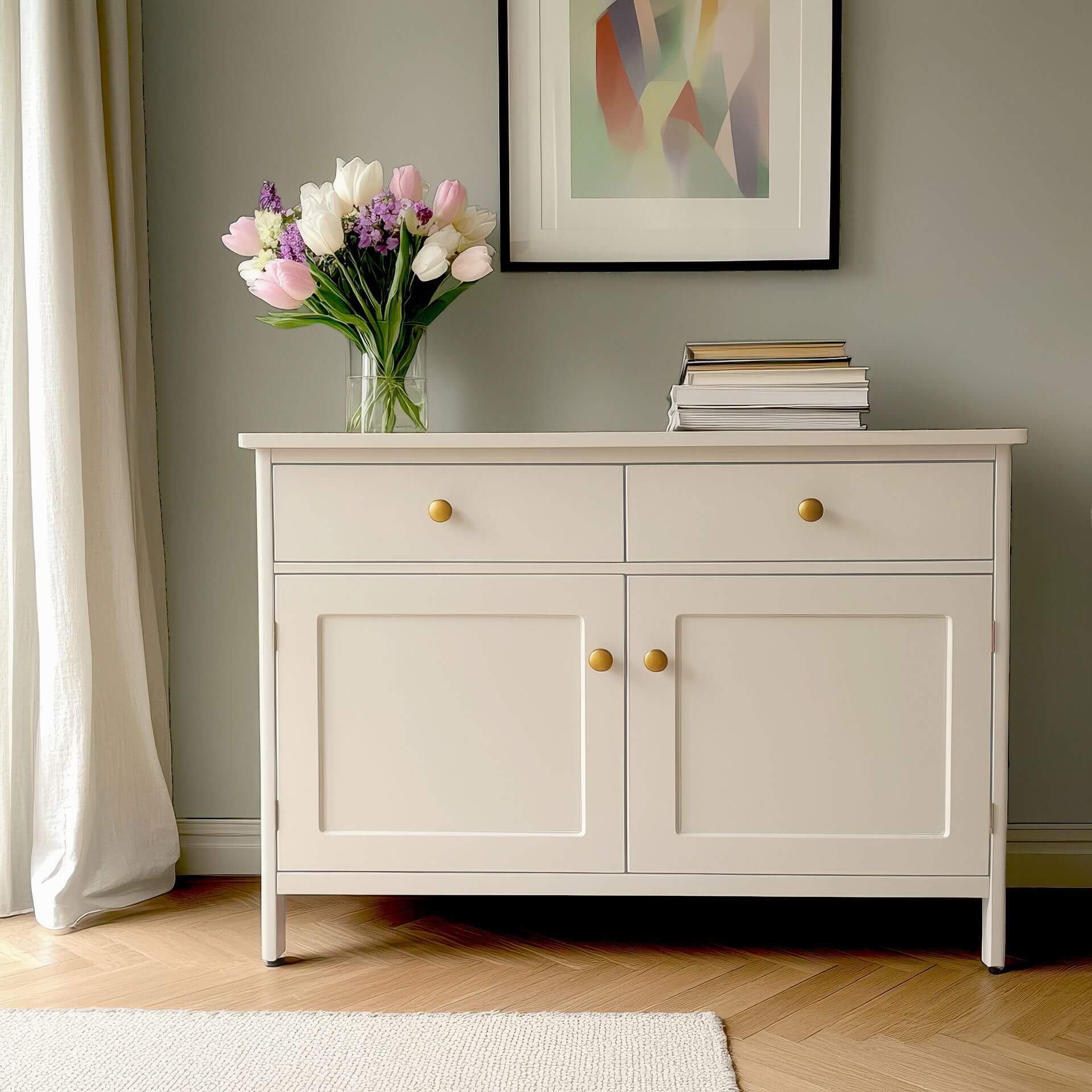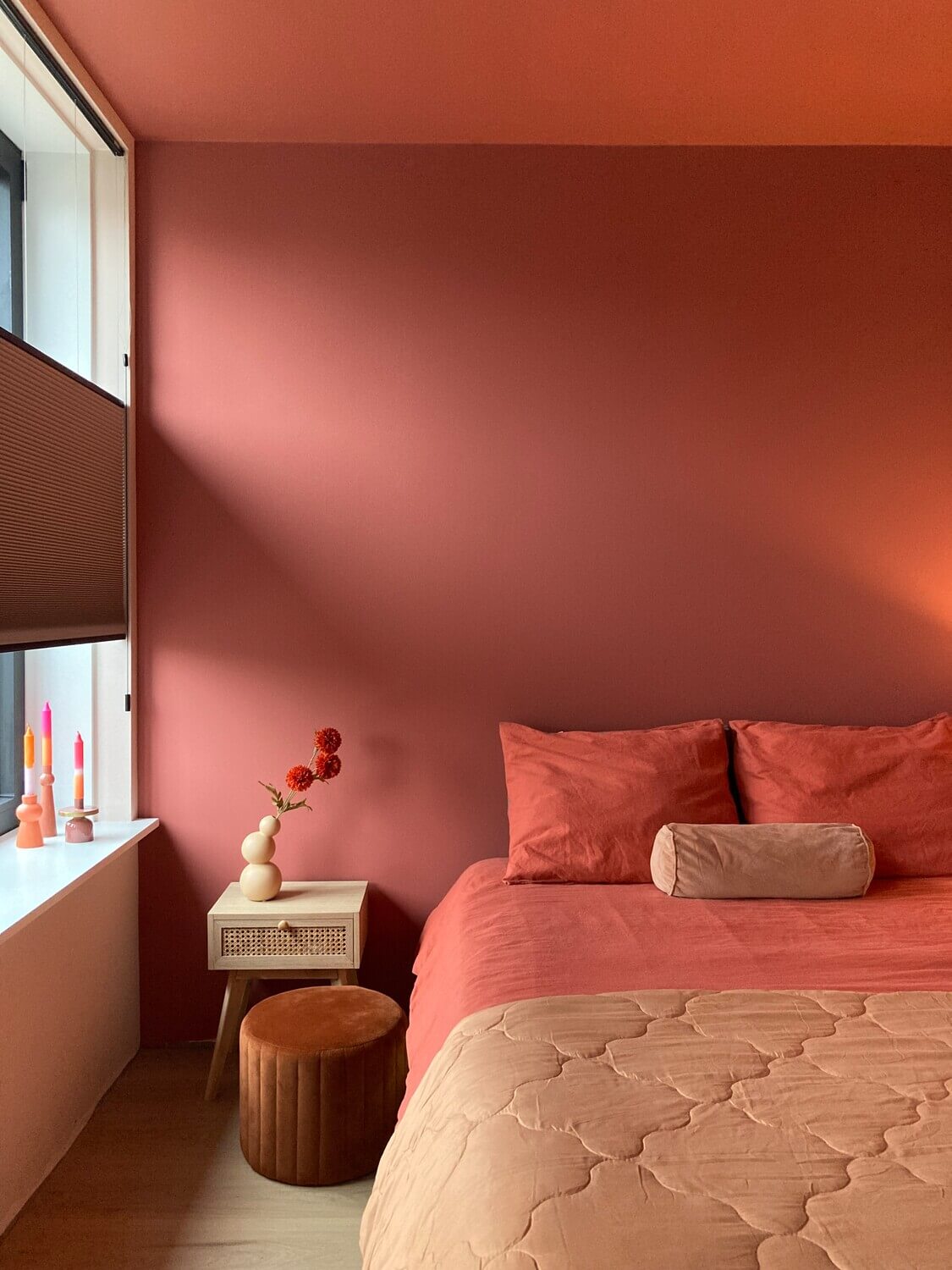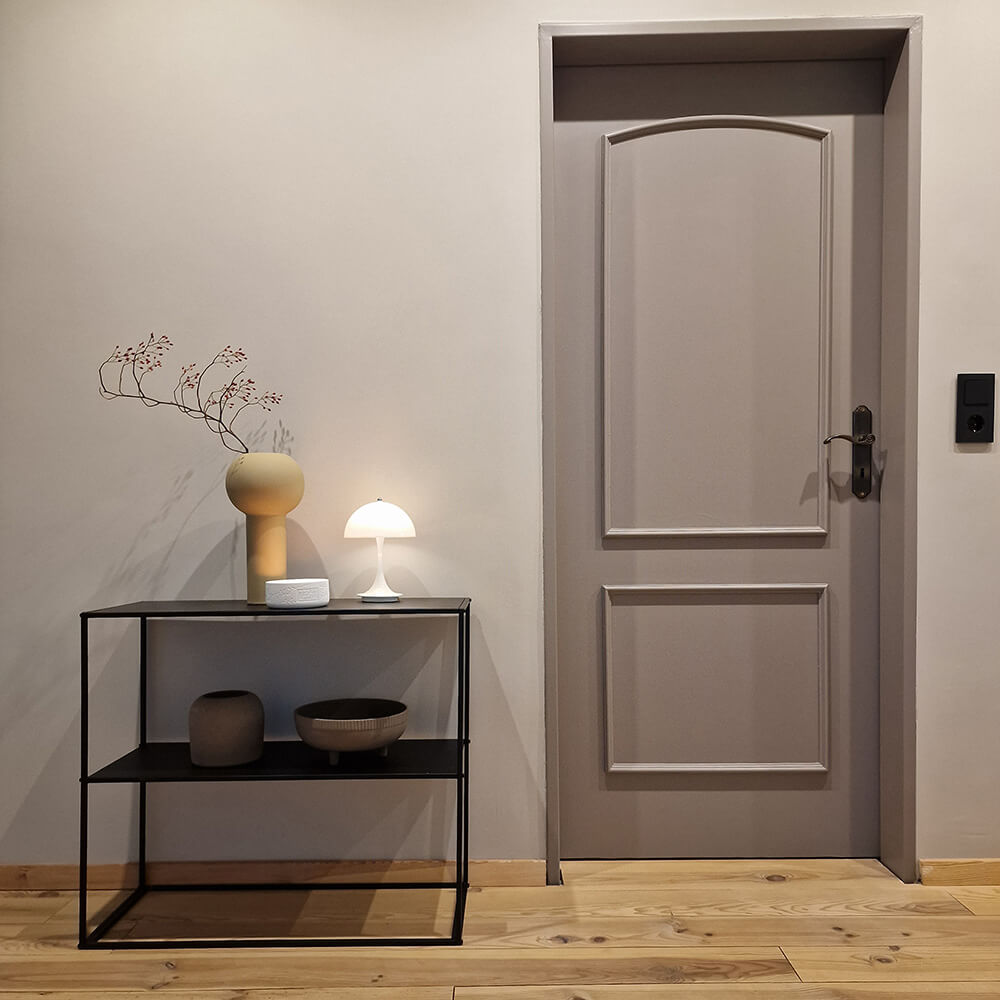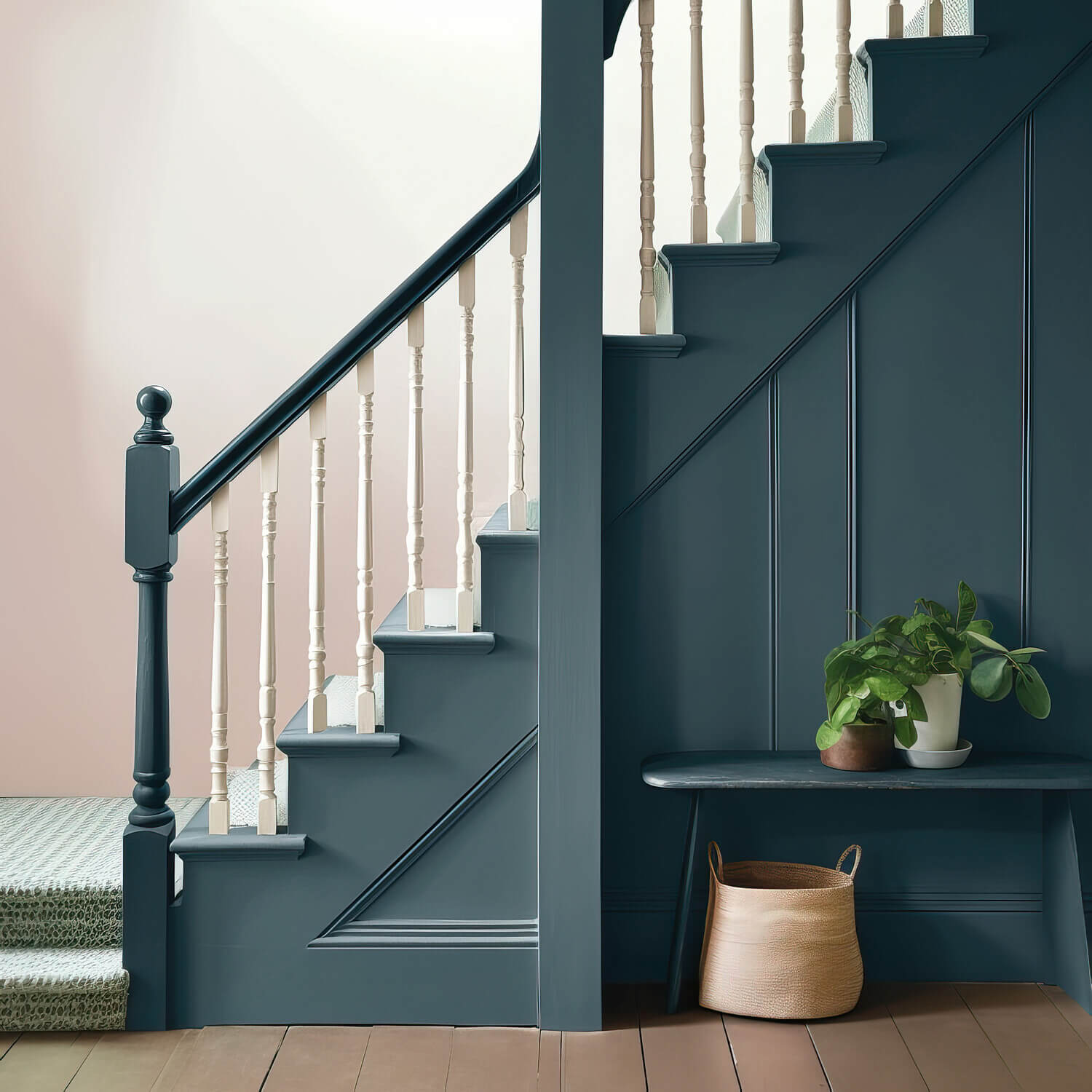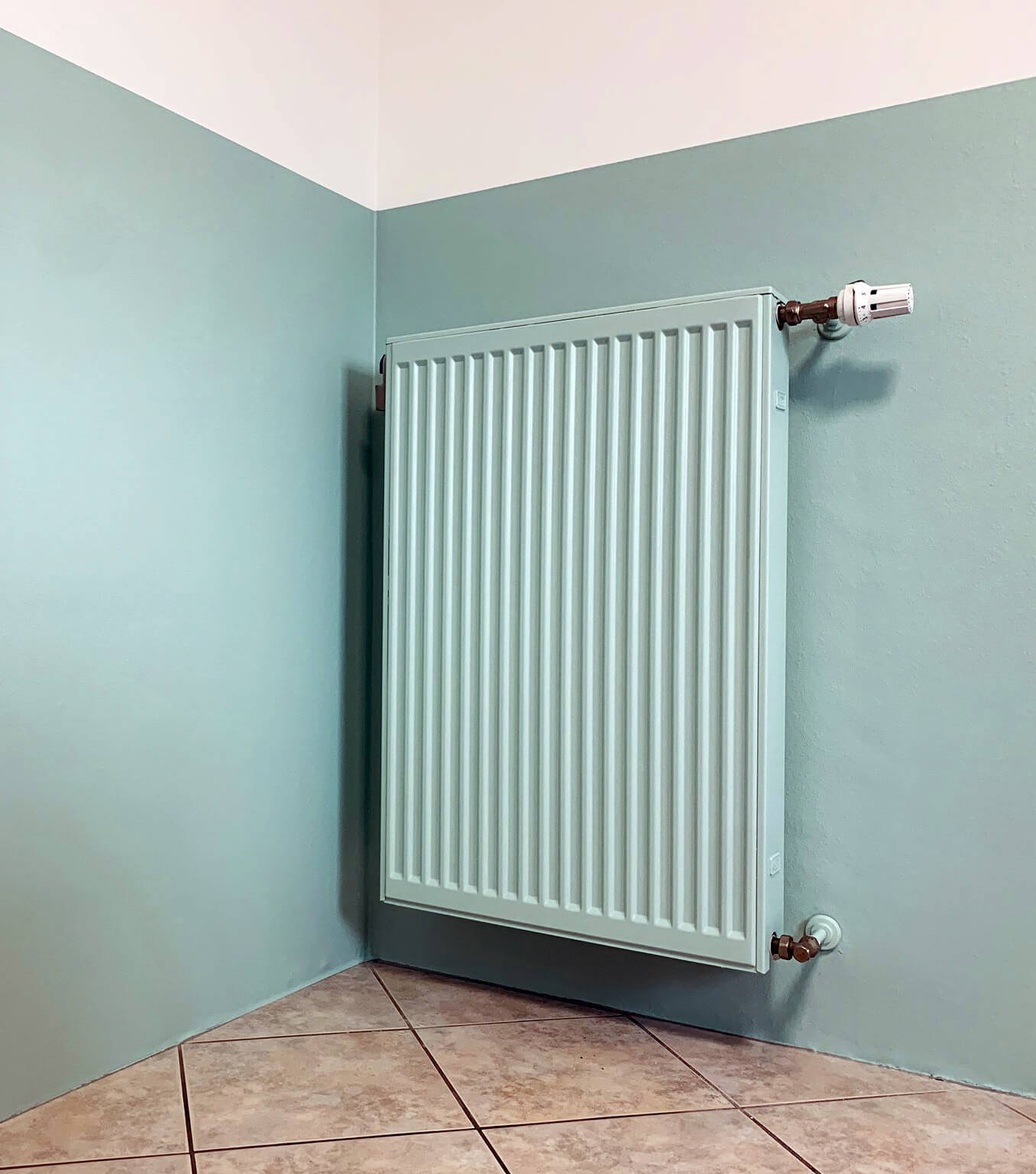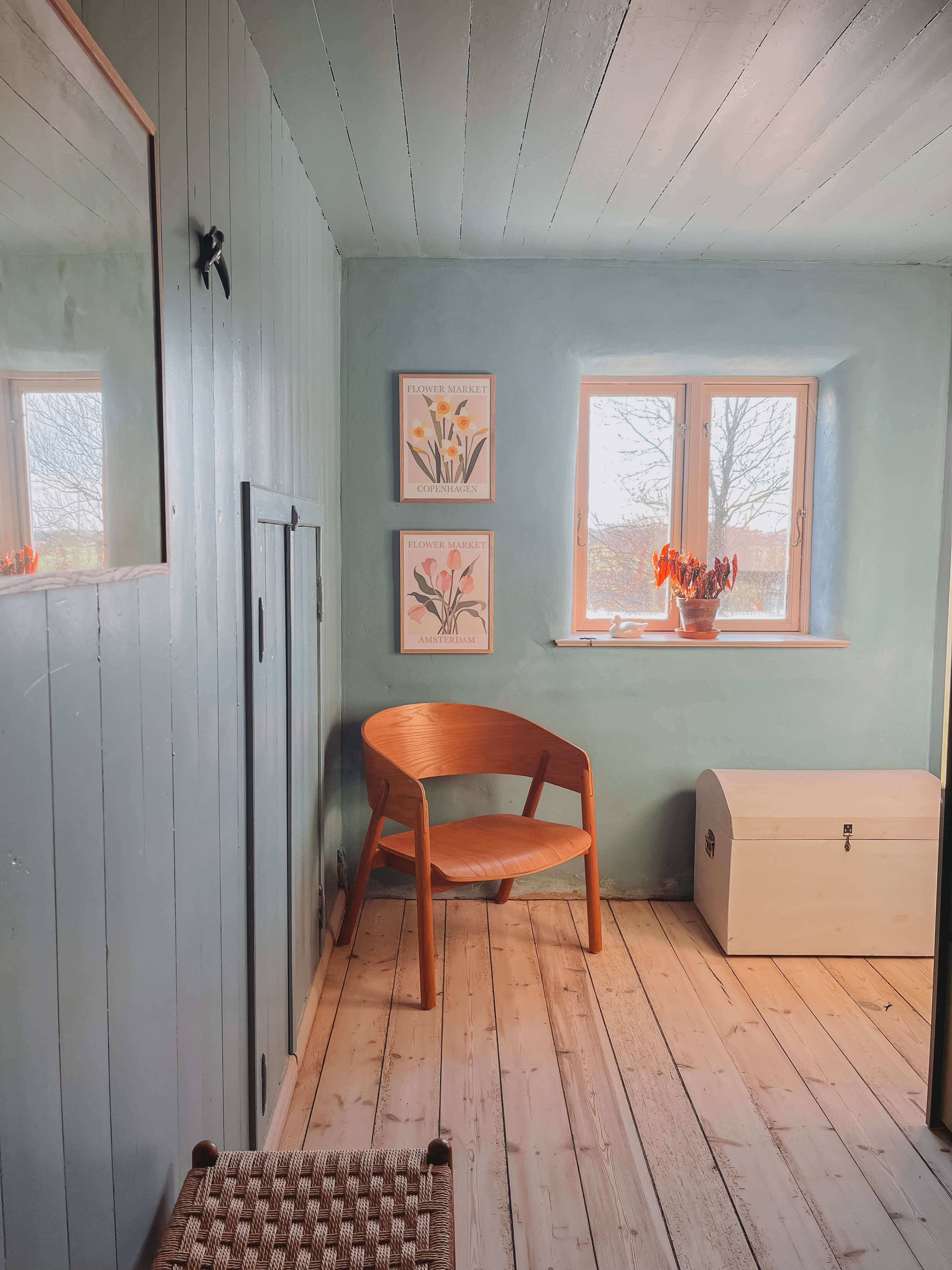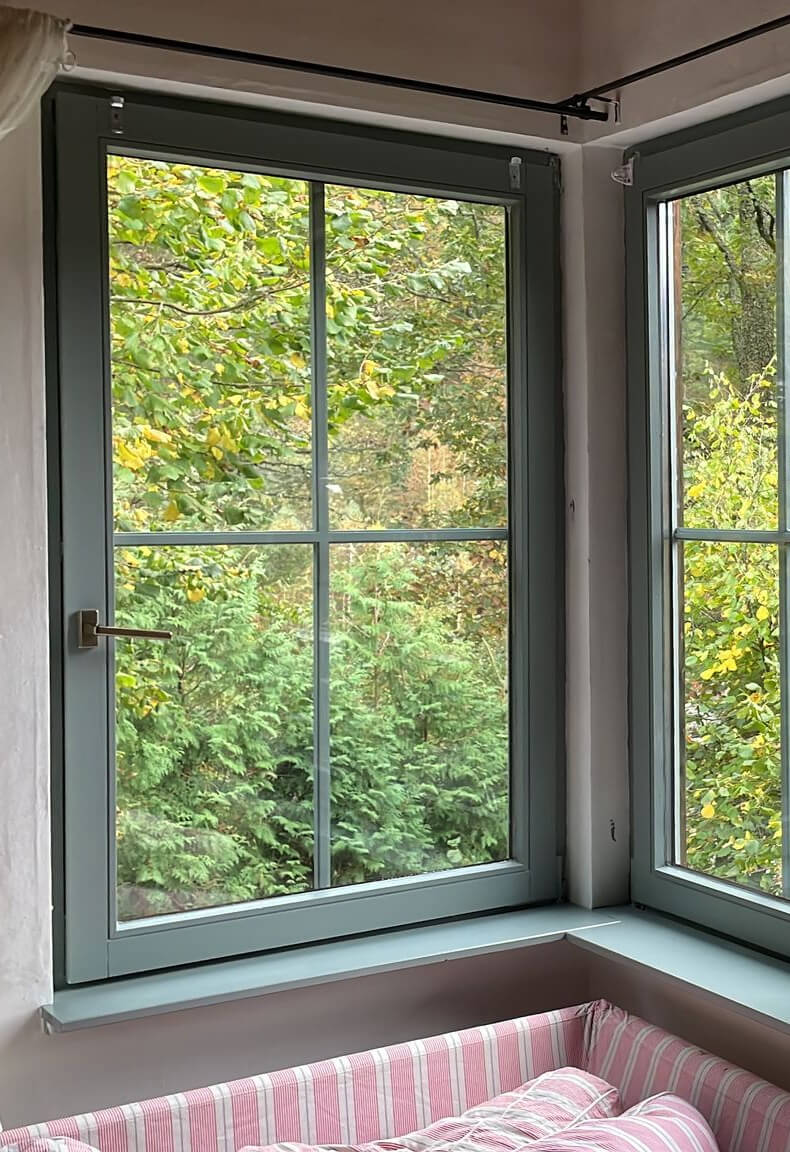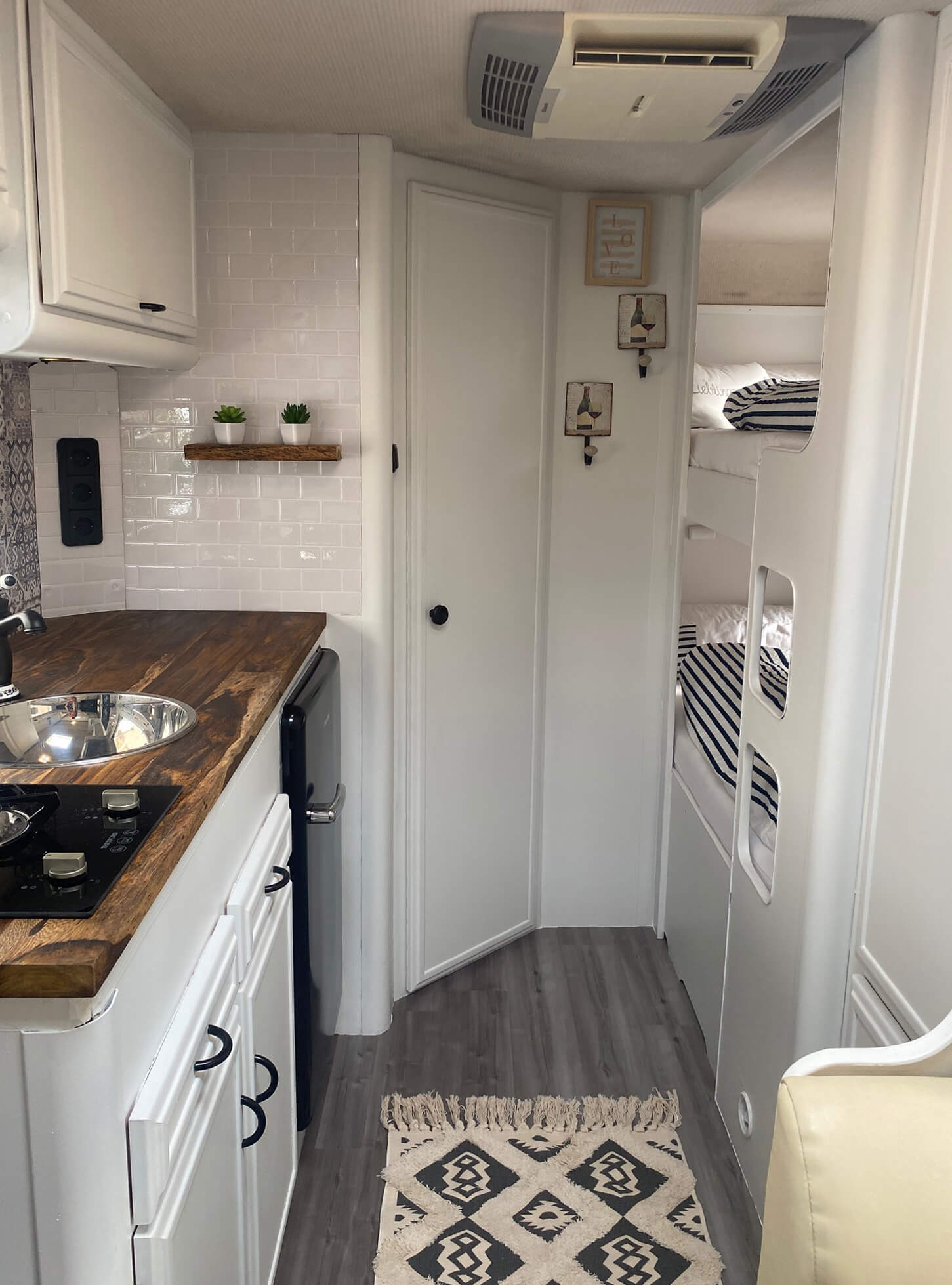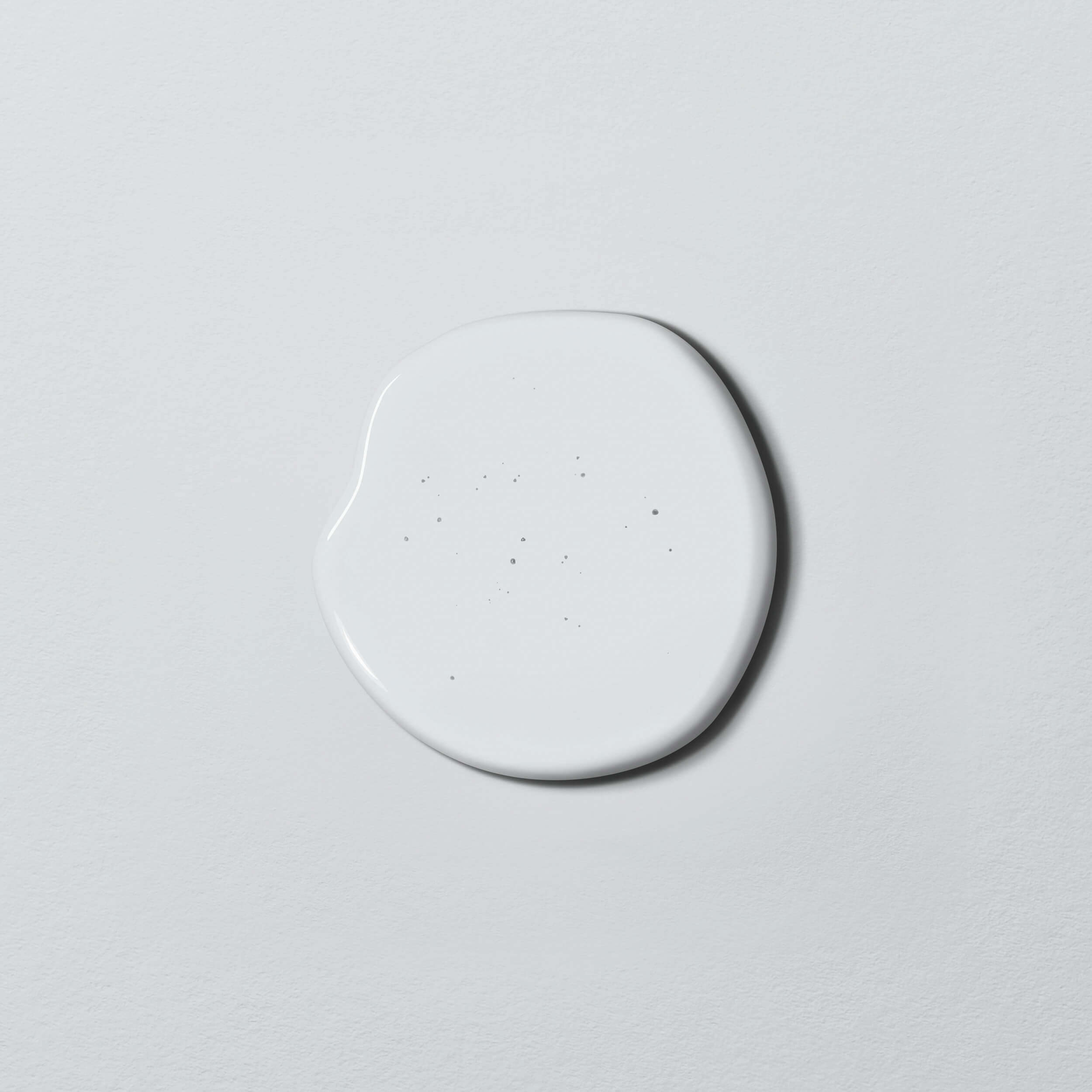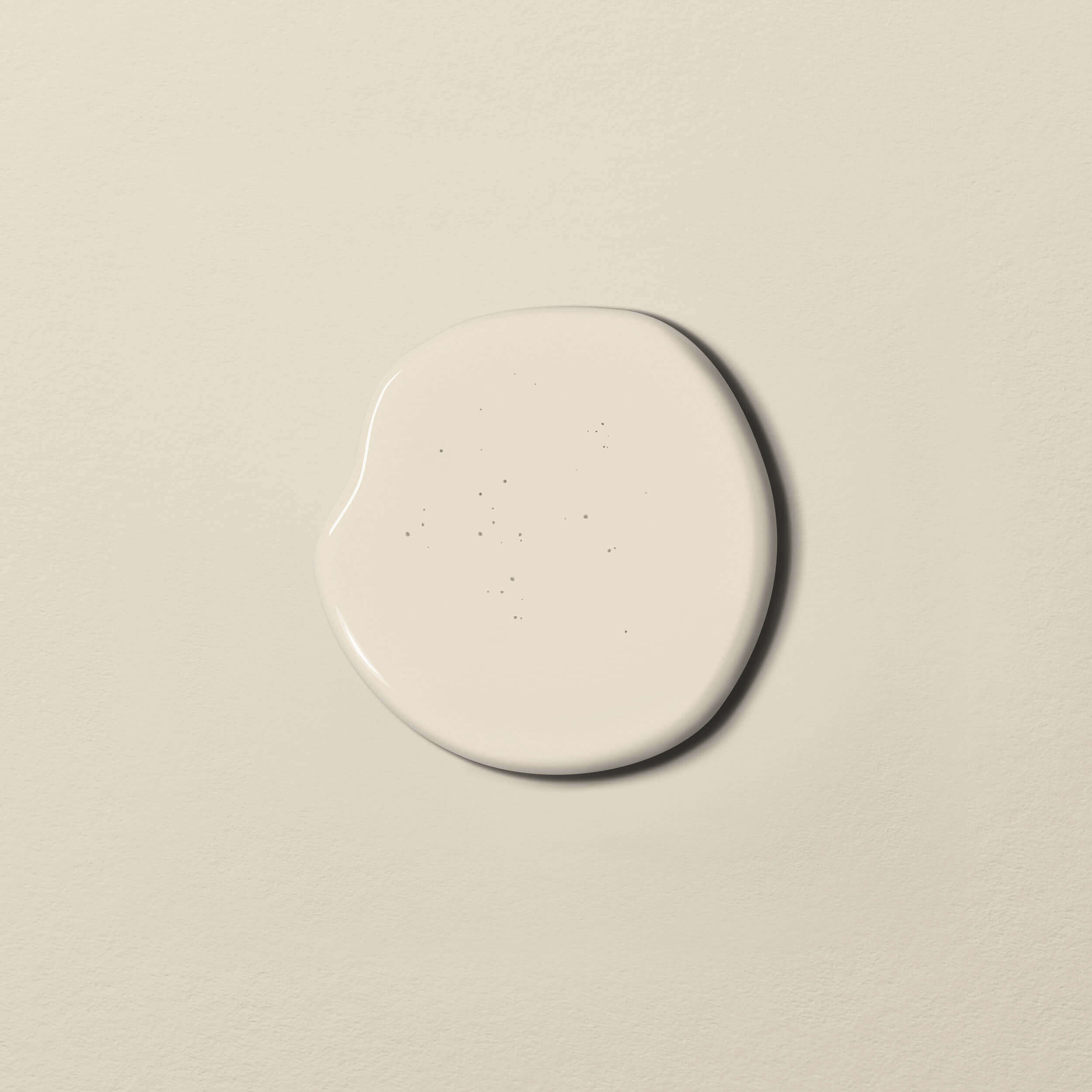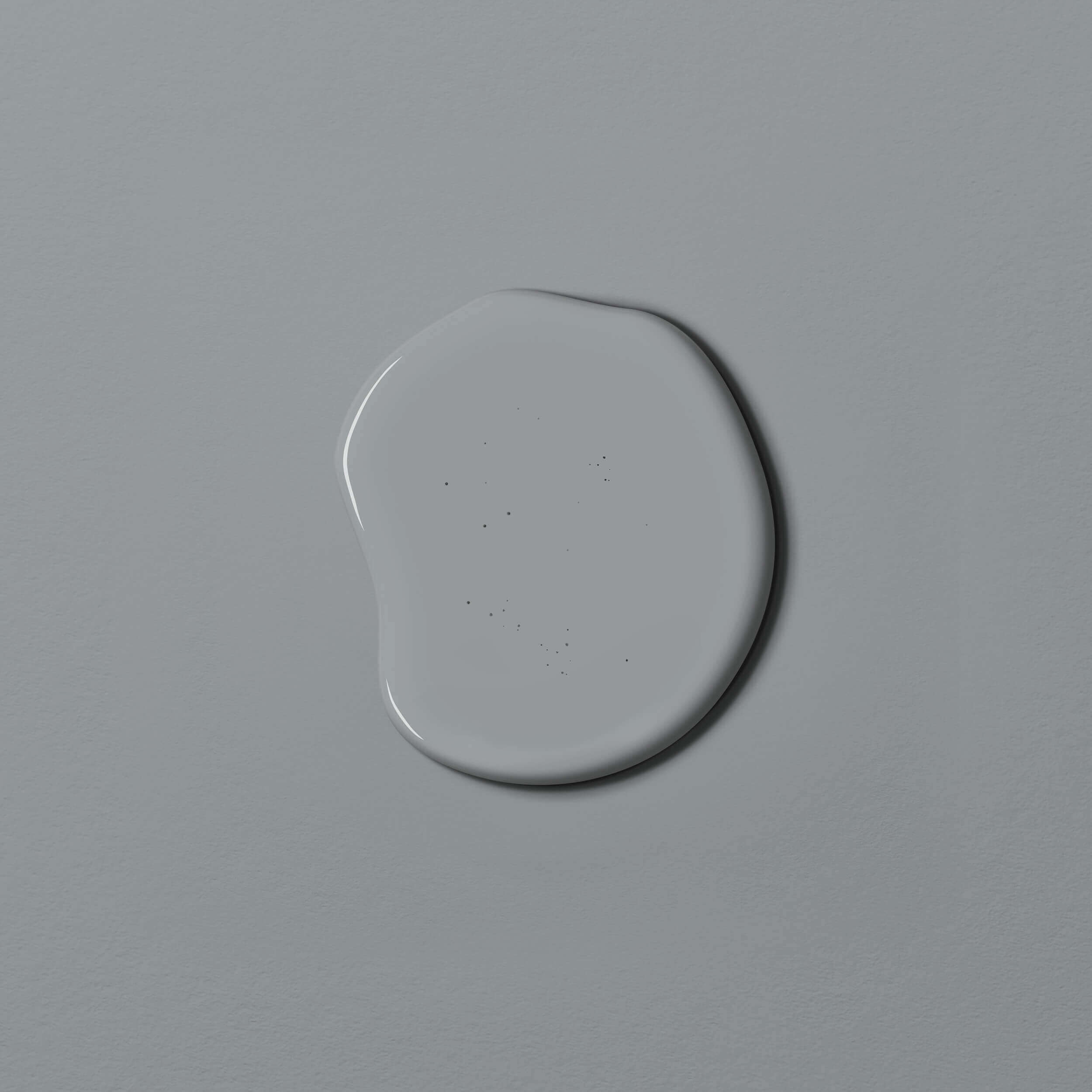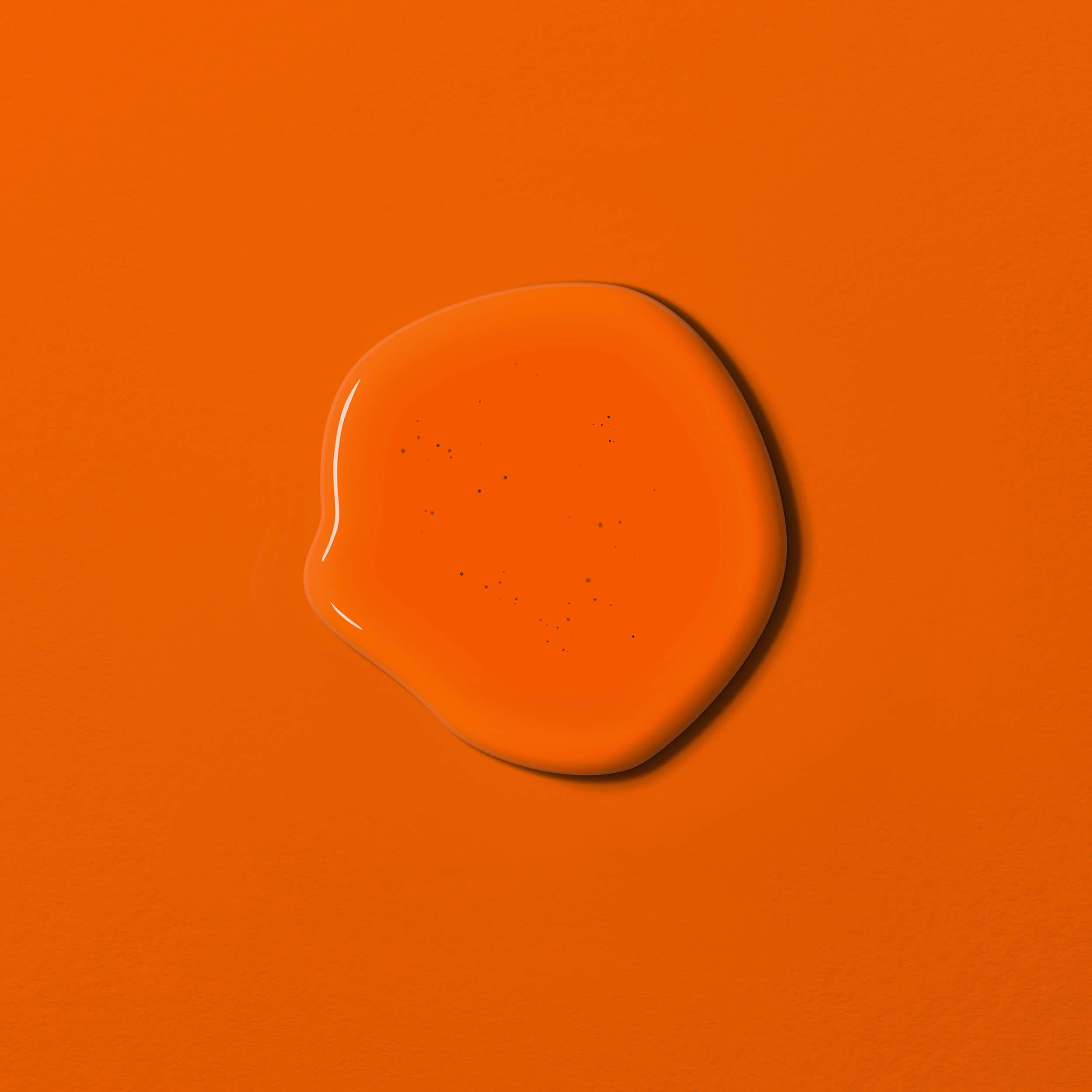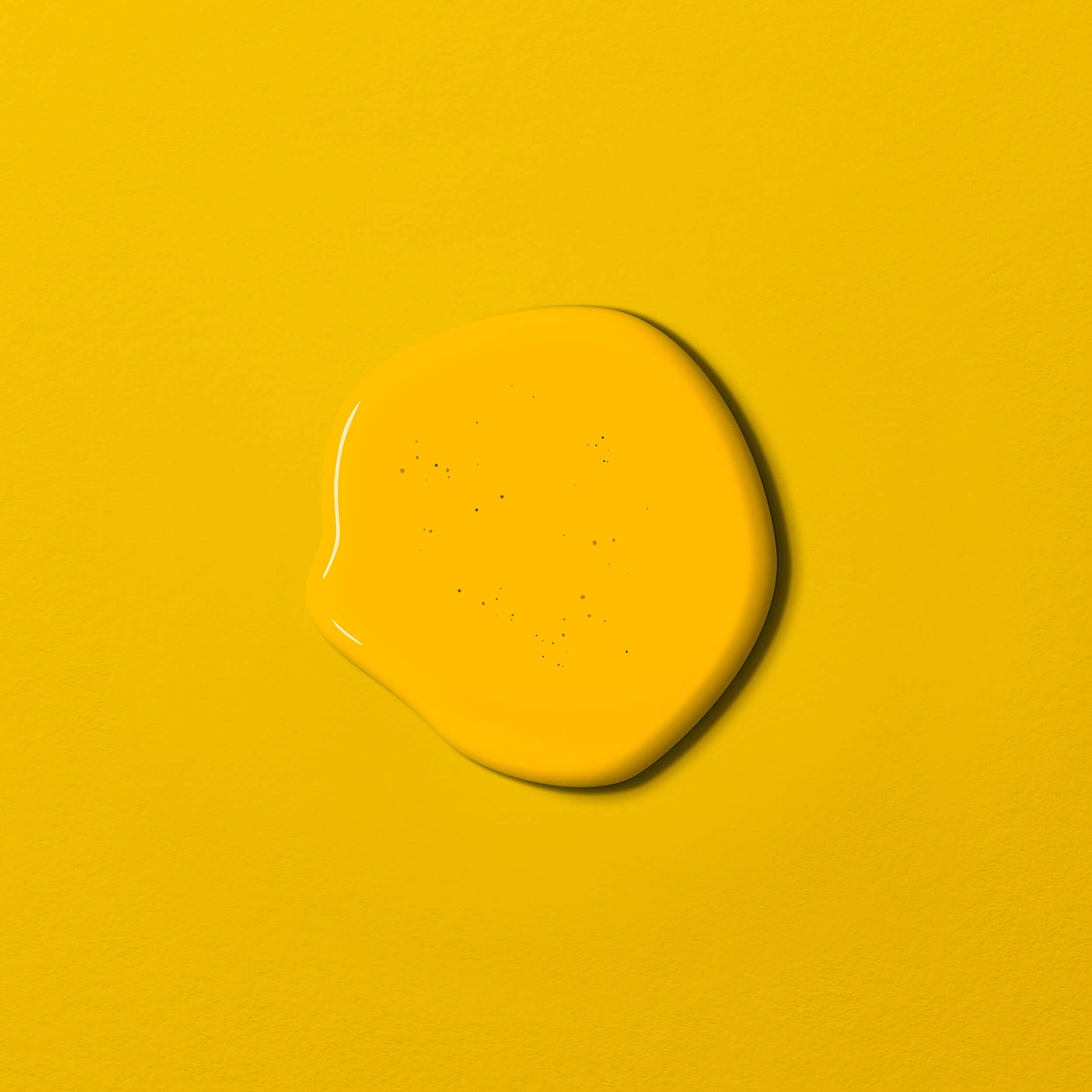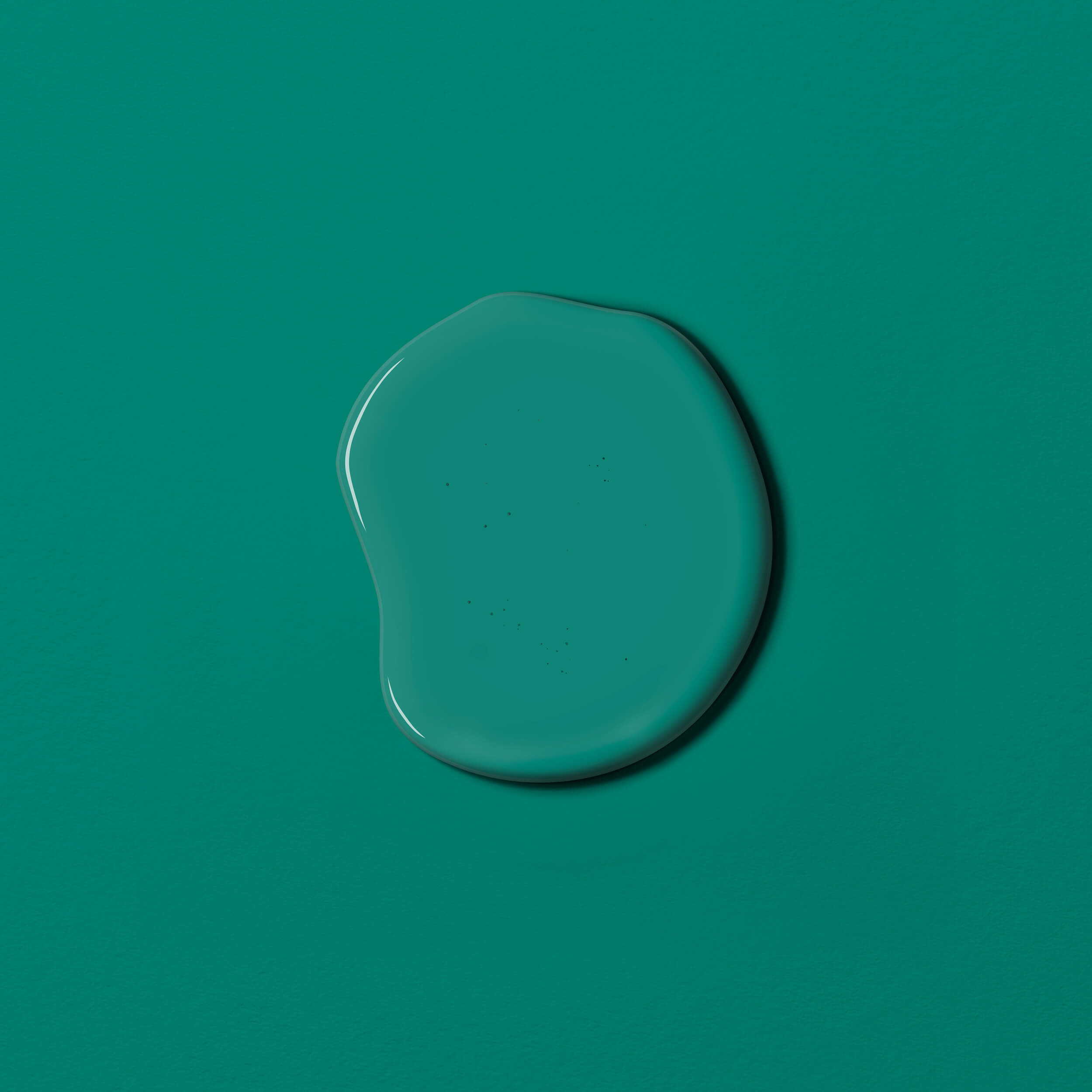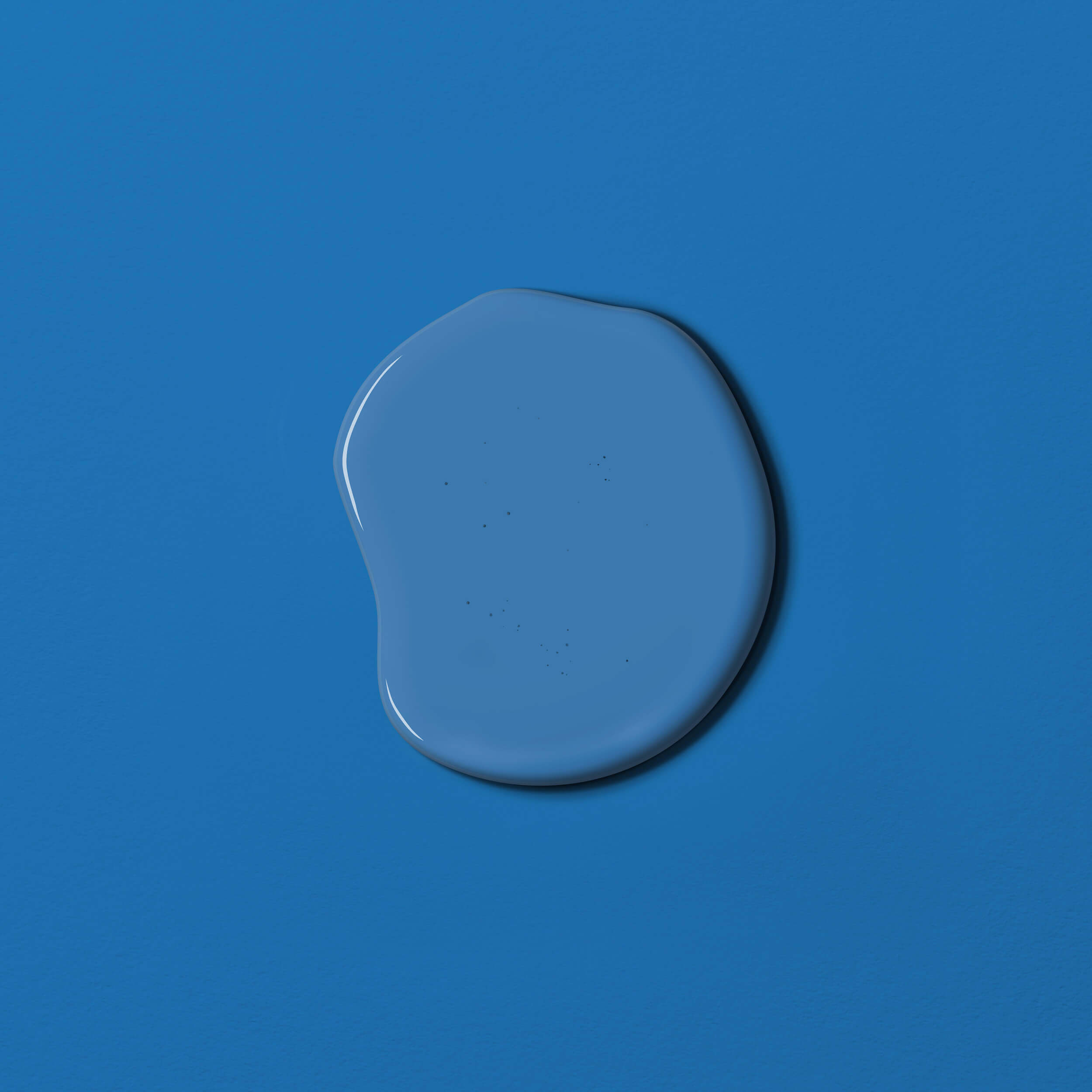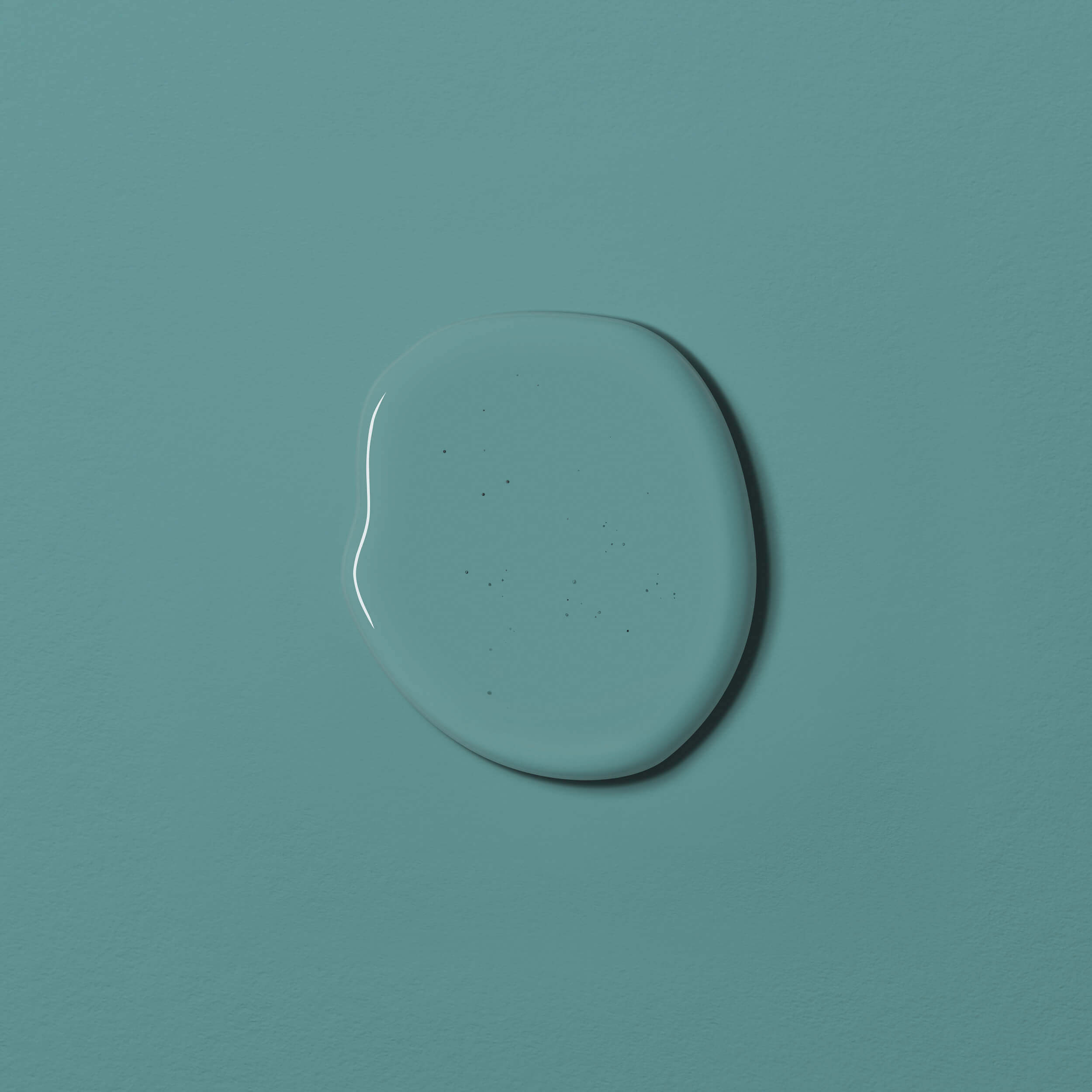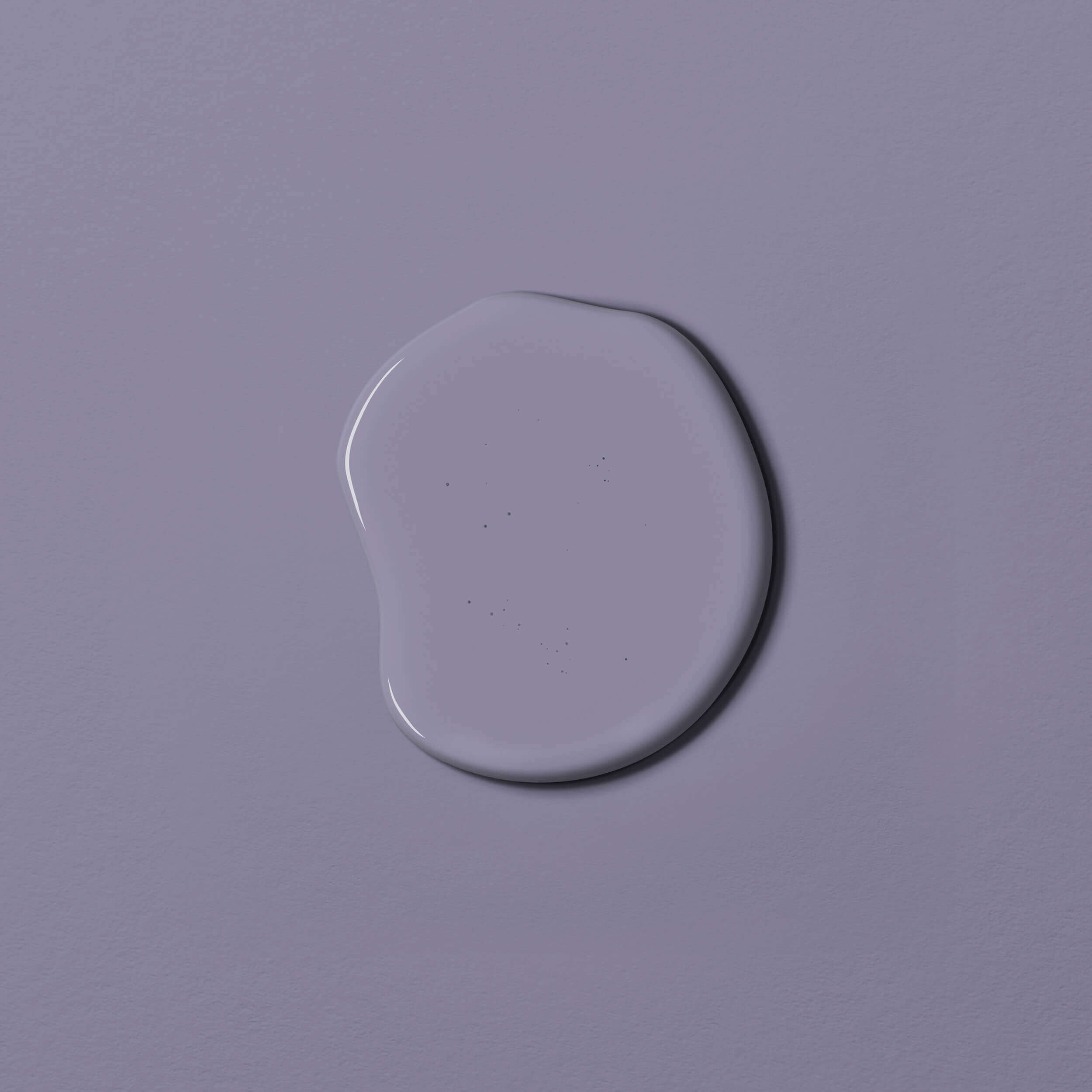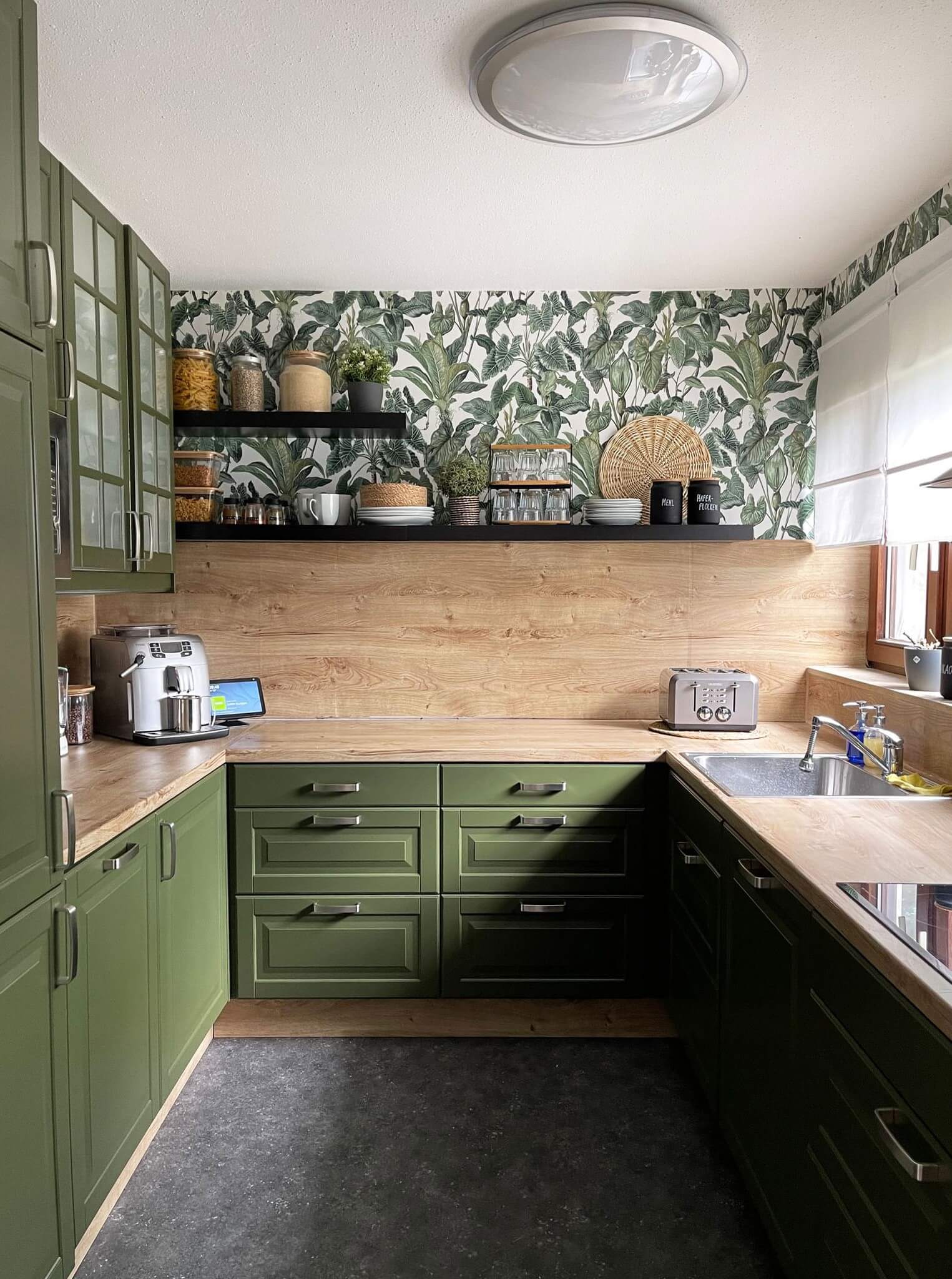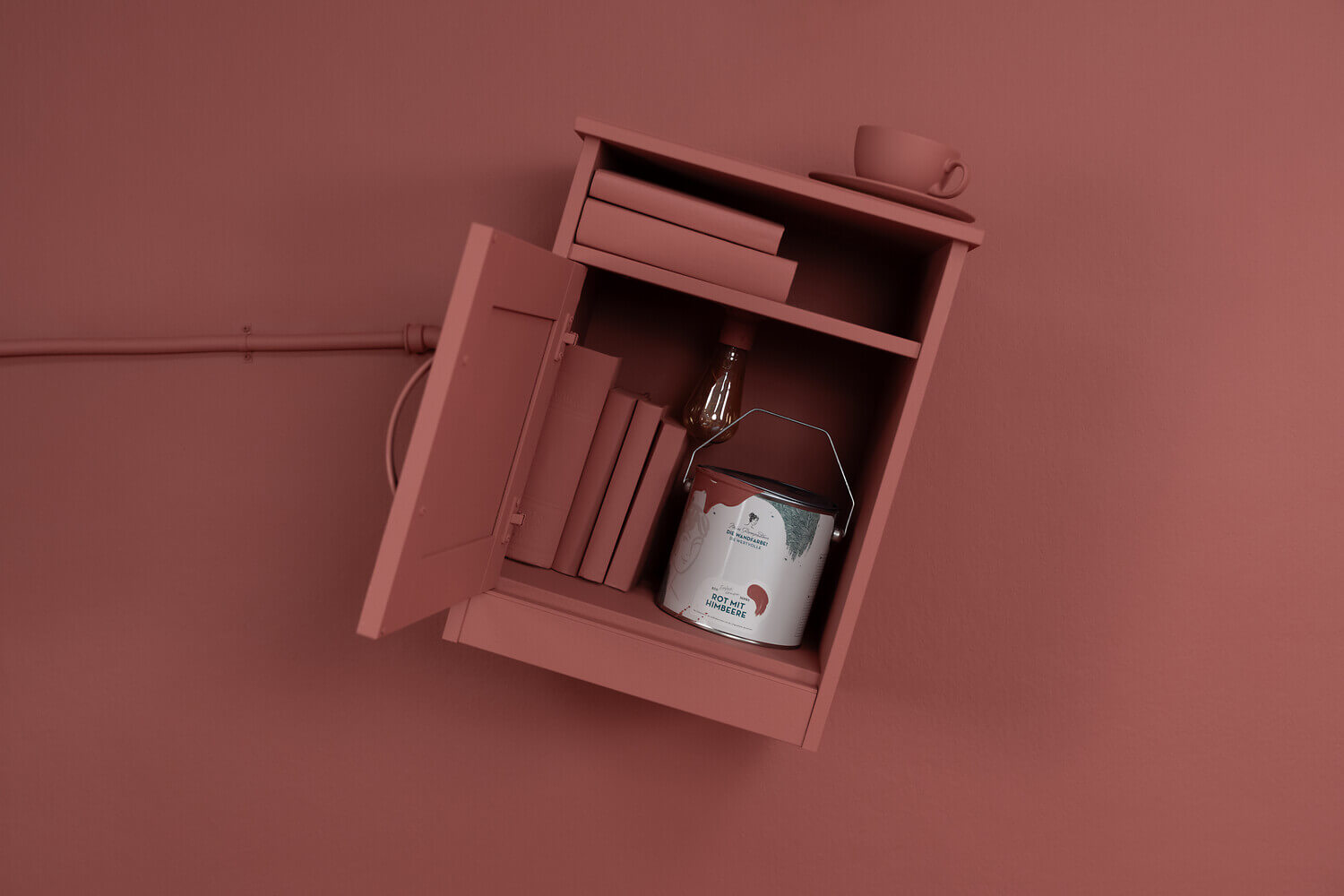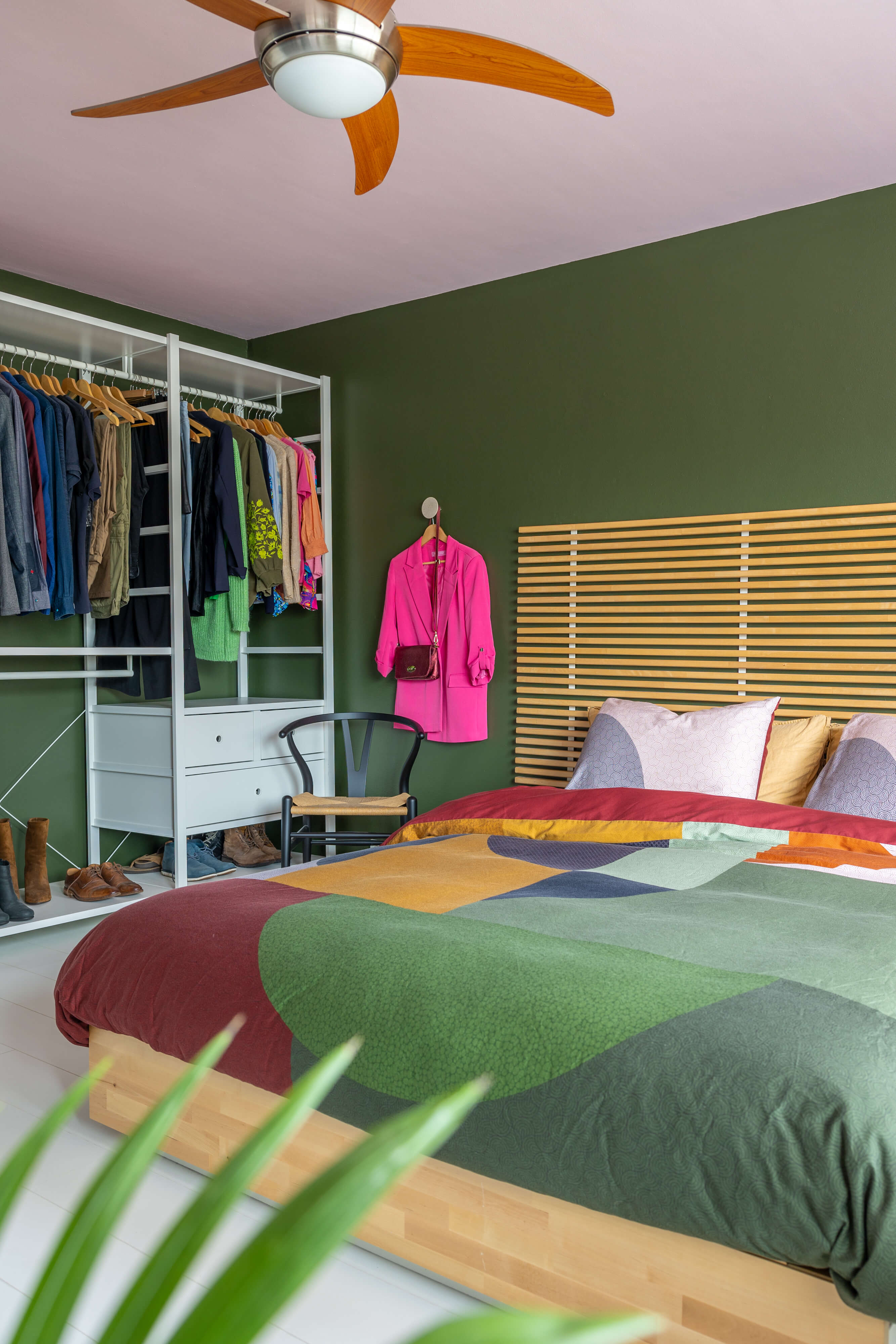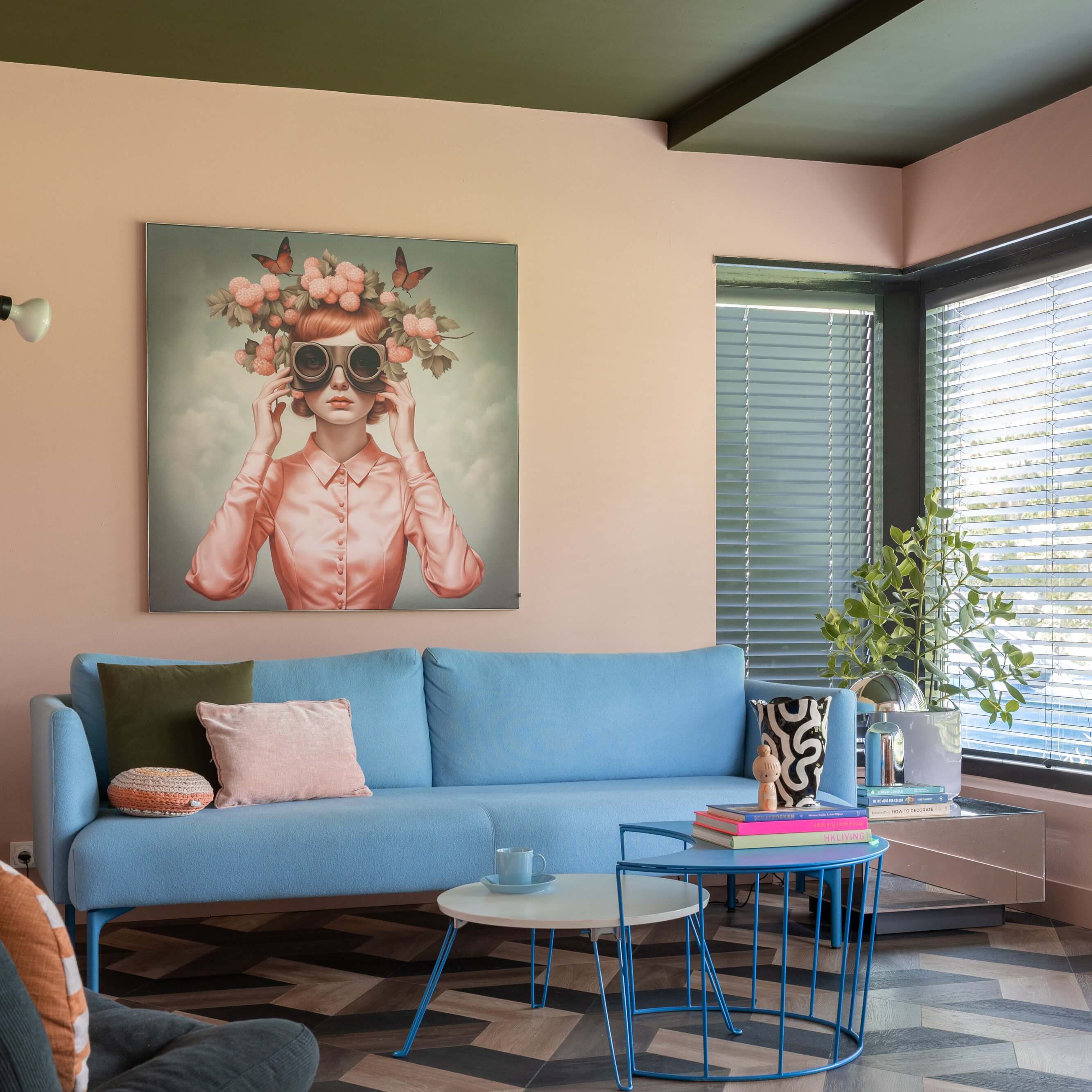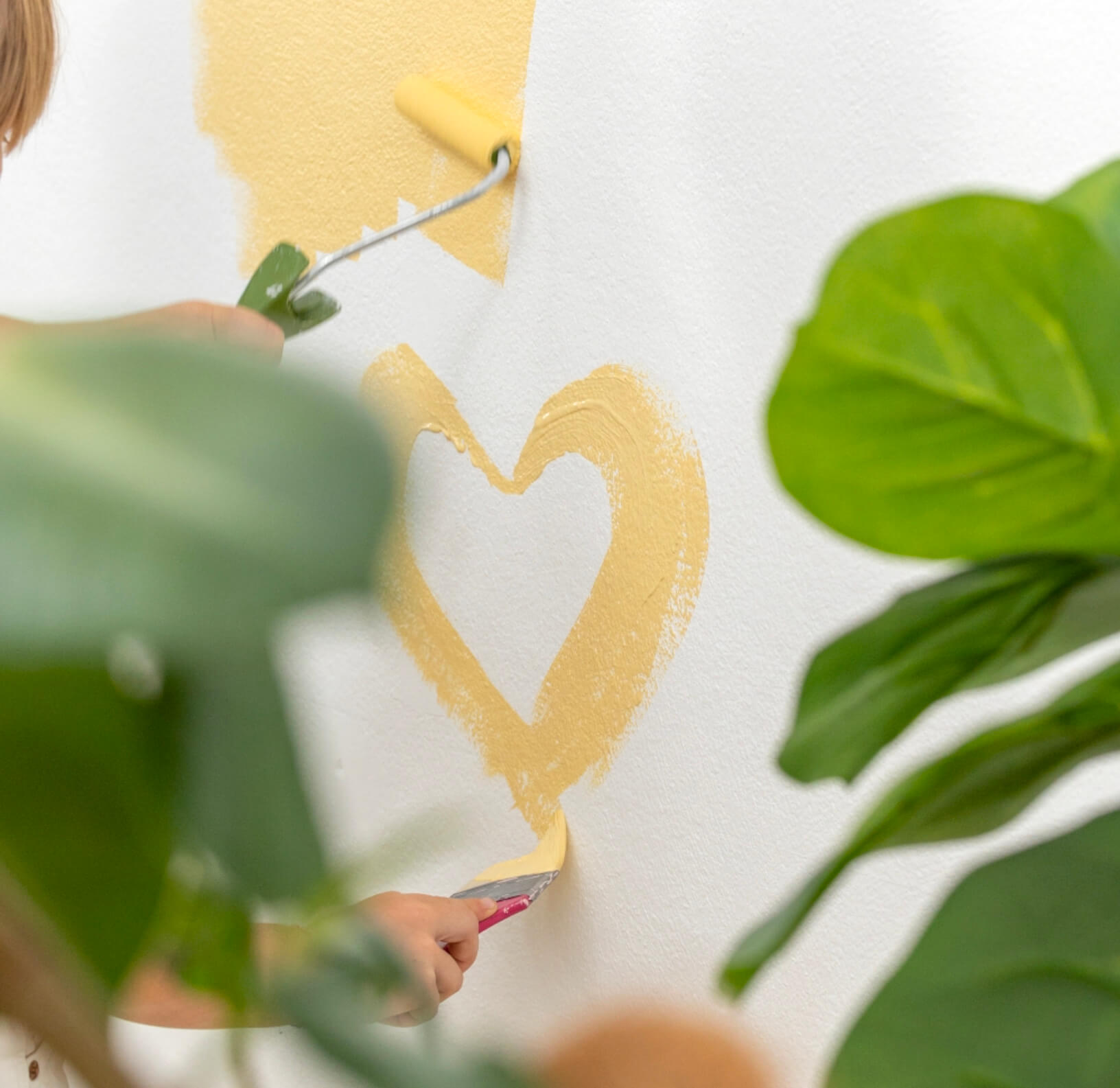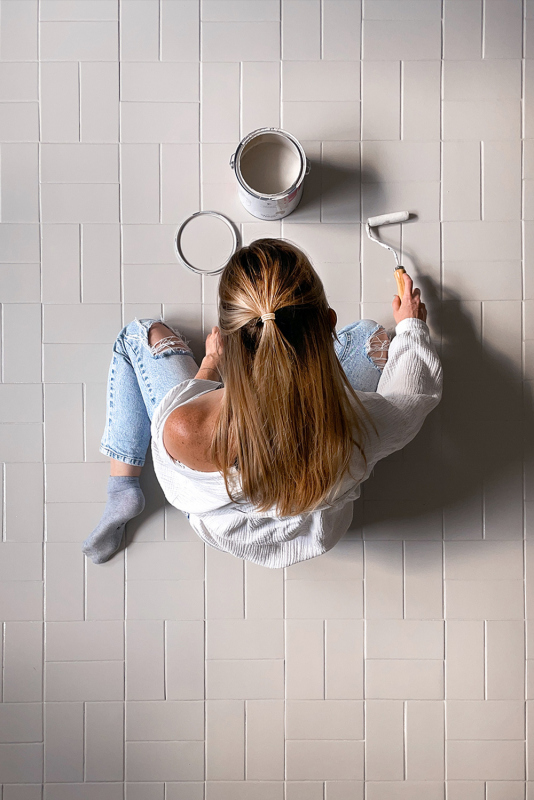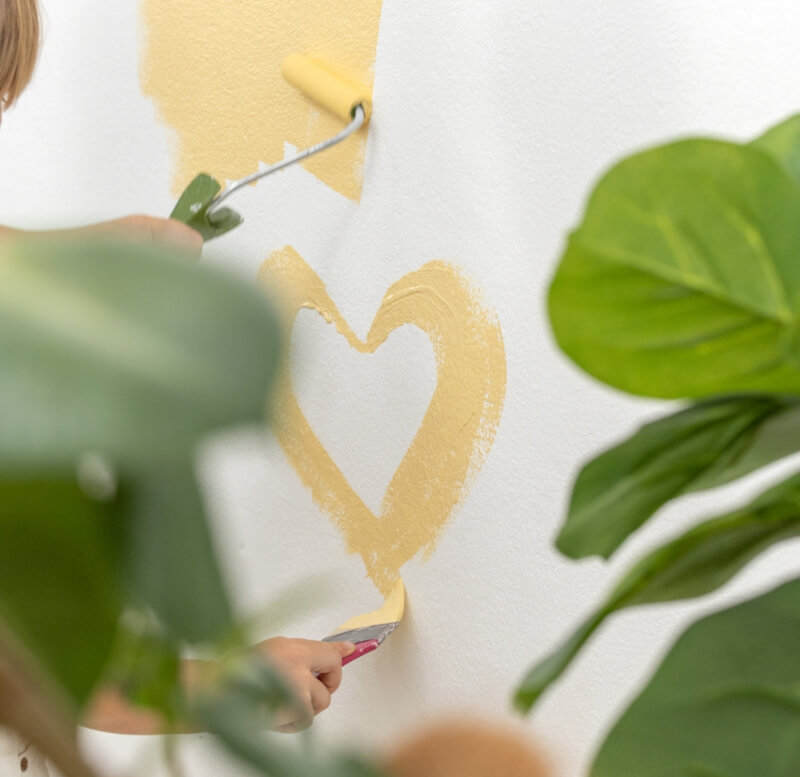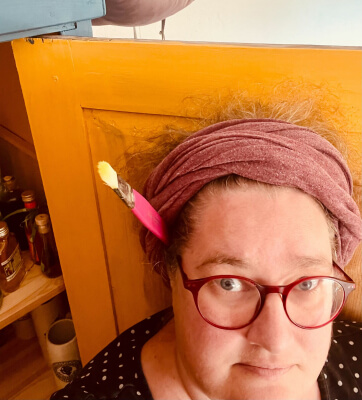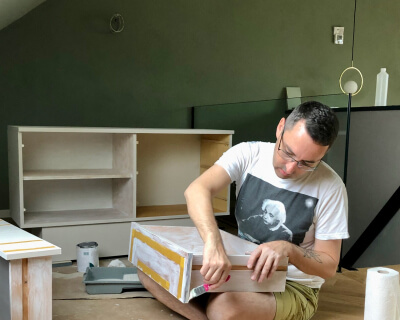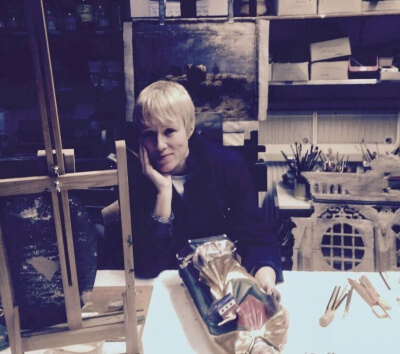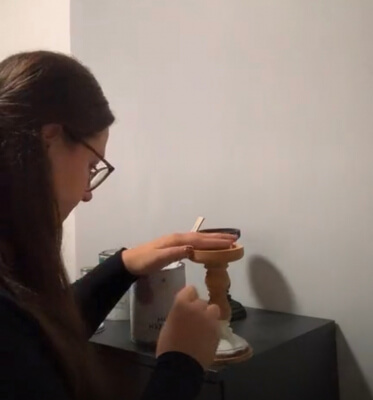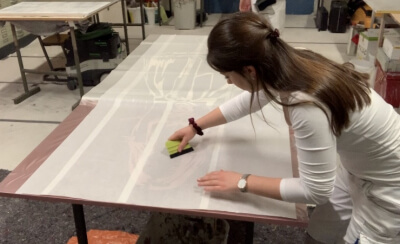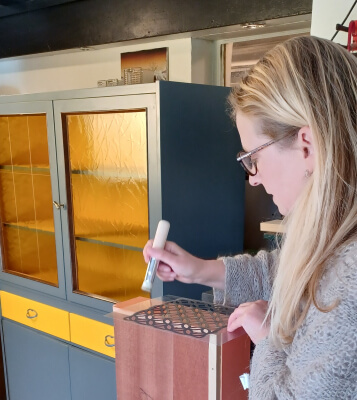Correct masking and covering when painting
3 min reading time
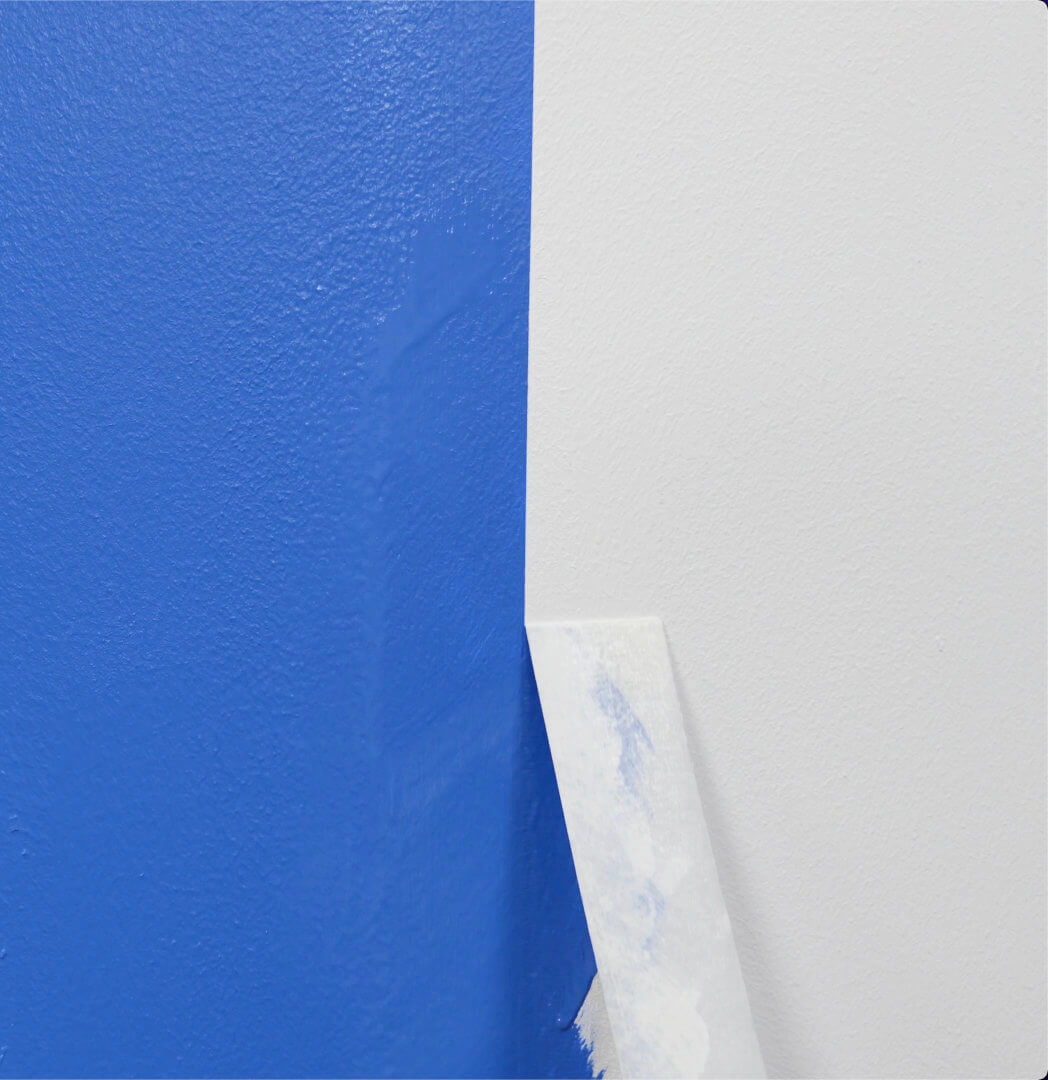
Before you can start painting, there is some preliminary work to do. Once you have chosen the right colour, there are a few other steps to complete before the actual painting can begin
Videos & pictures on how to mask correctly
Our painting hacks show you how to paint clear edges - even on difficult surfaces
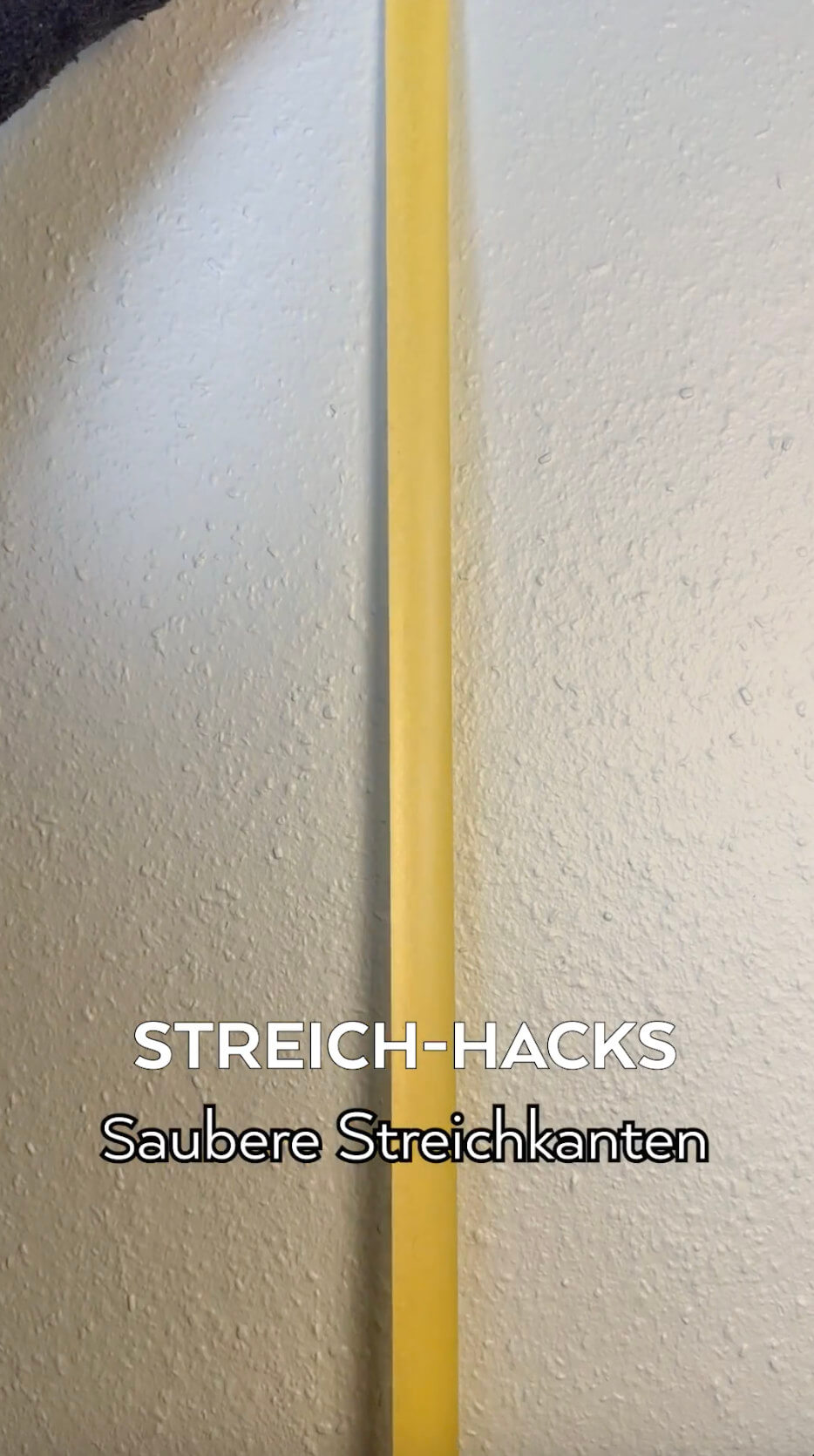
Clean colour edges
- In this video we show you the trick!
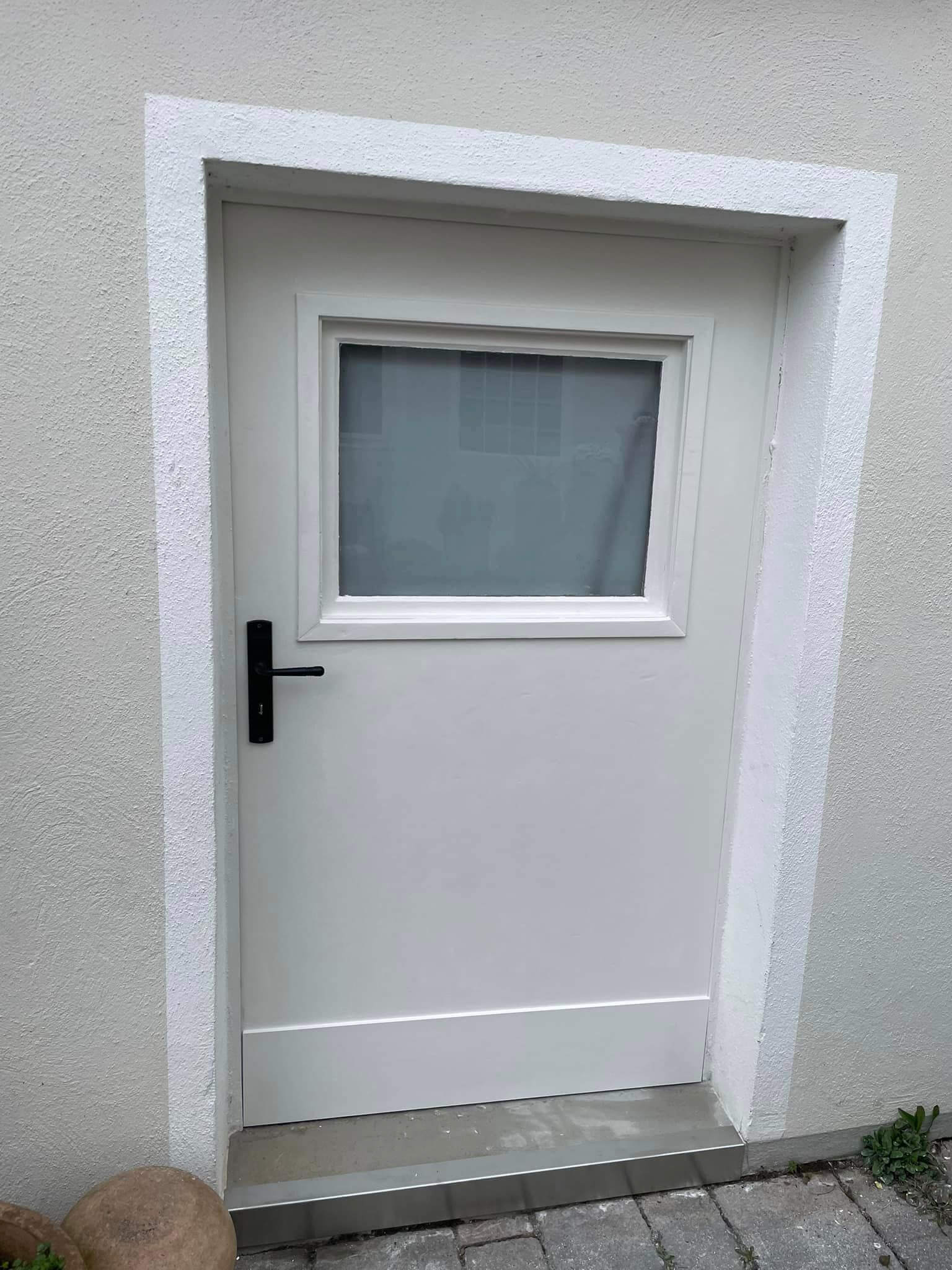
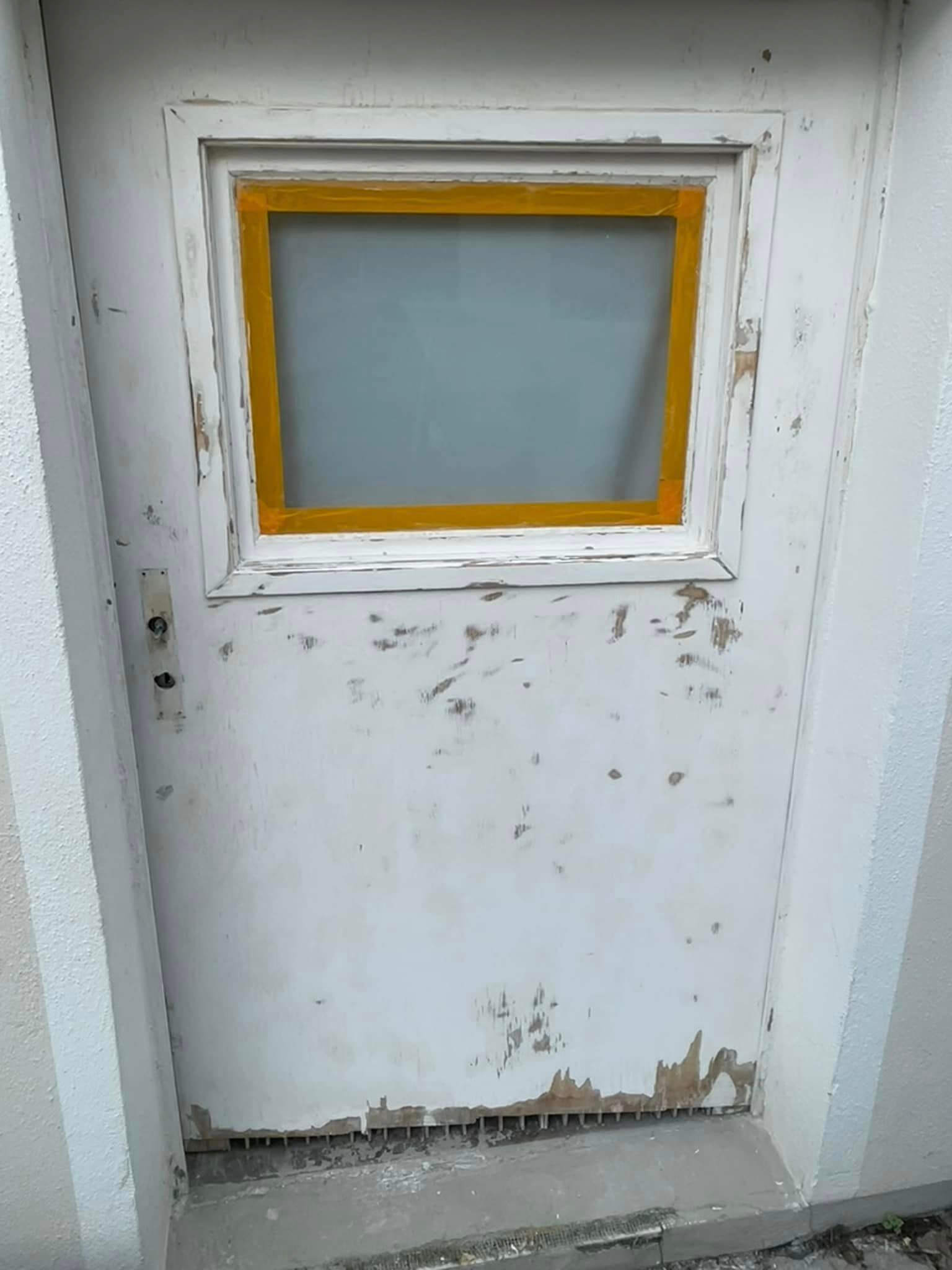
To Mask
- You should mask glass in particular with special care.
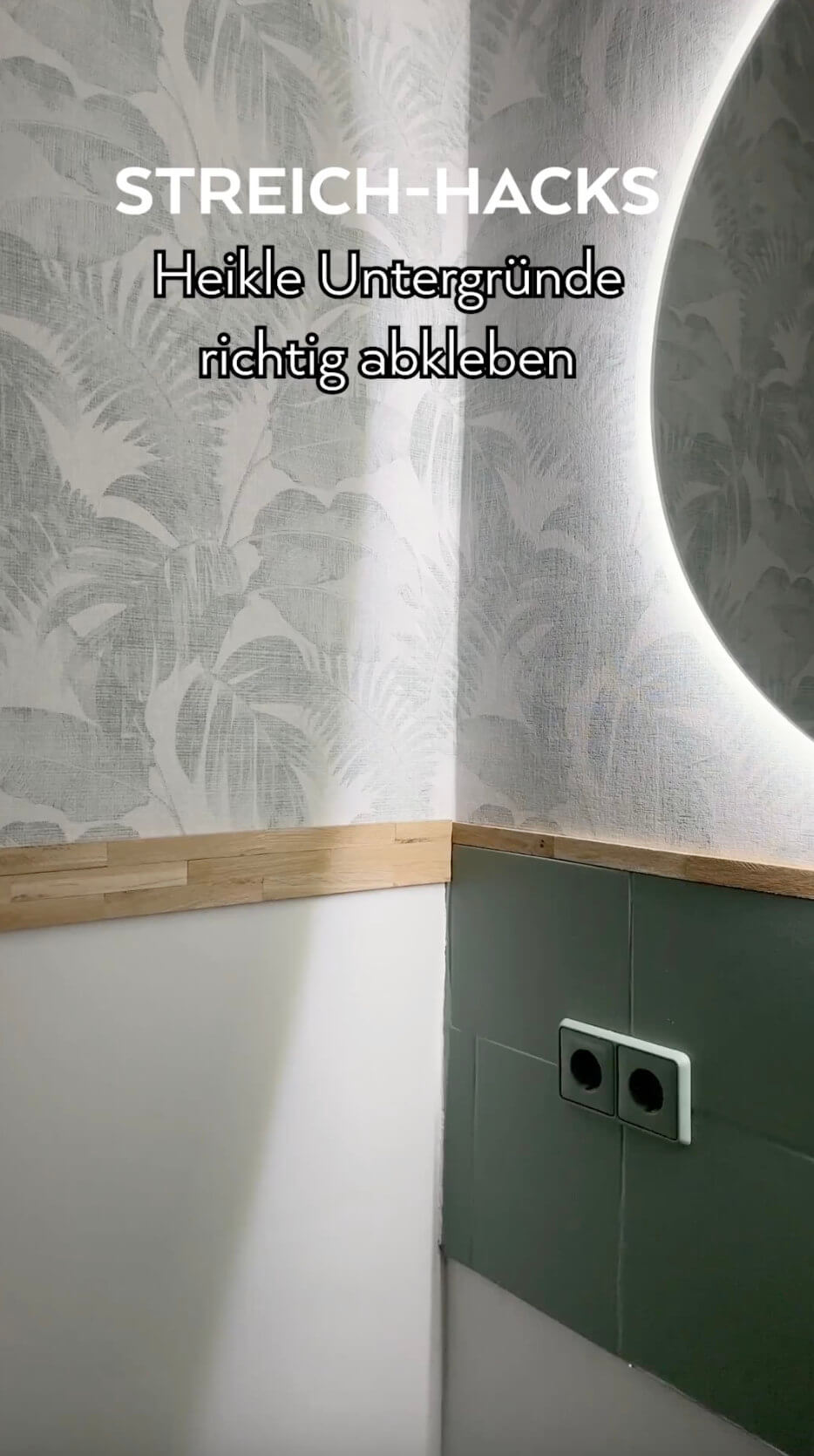
Tricky substrates
- You can also achieve clean edges on them.
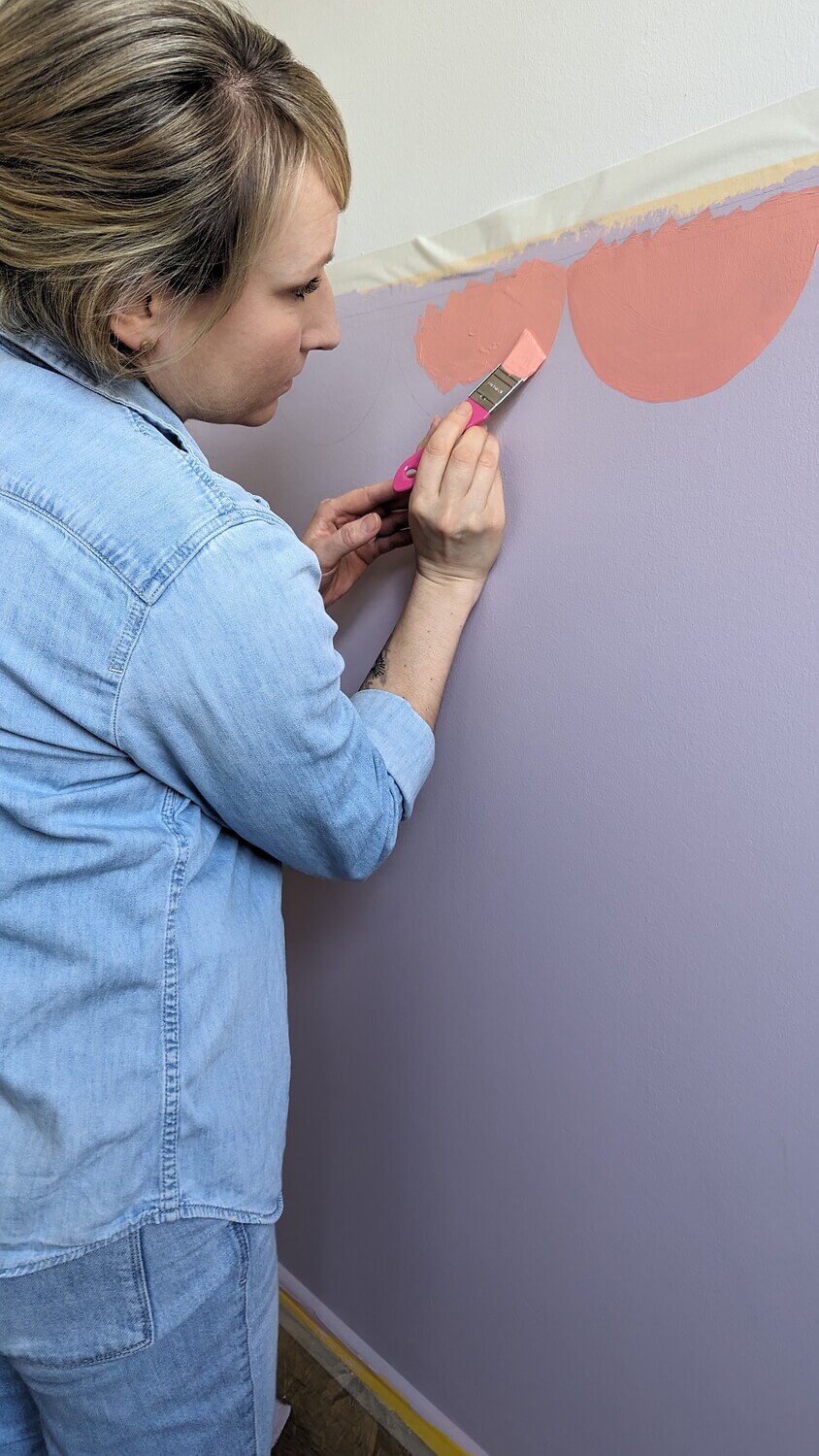
Creative
- Careful masking makes it easier for you to design your walls.
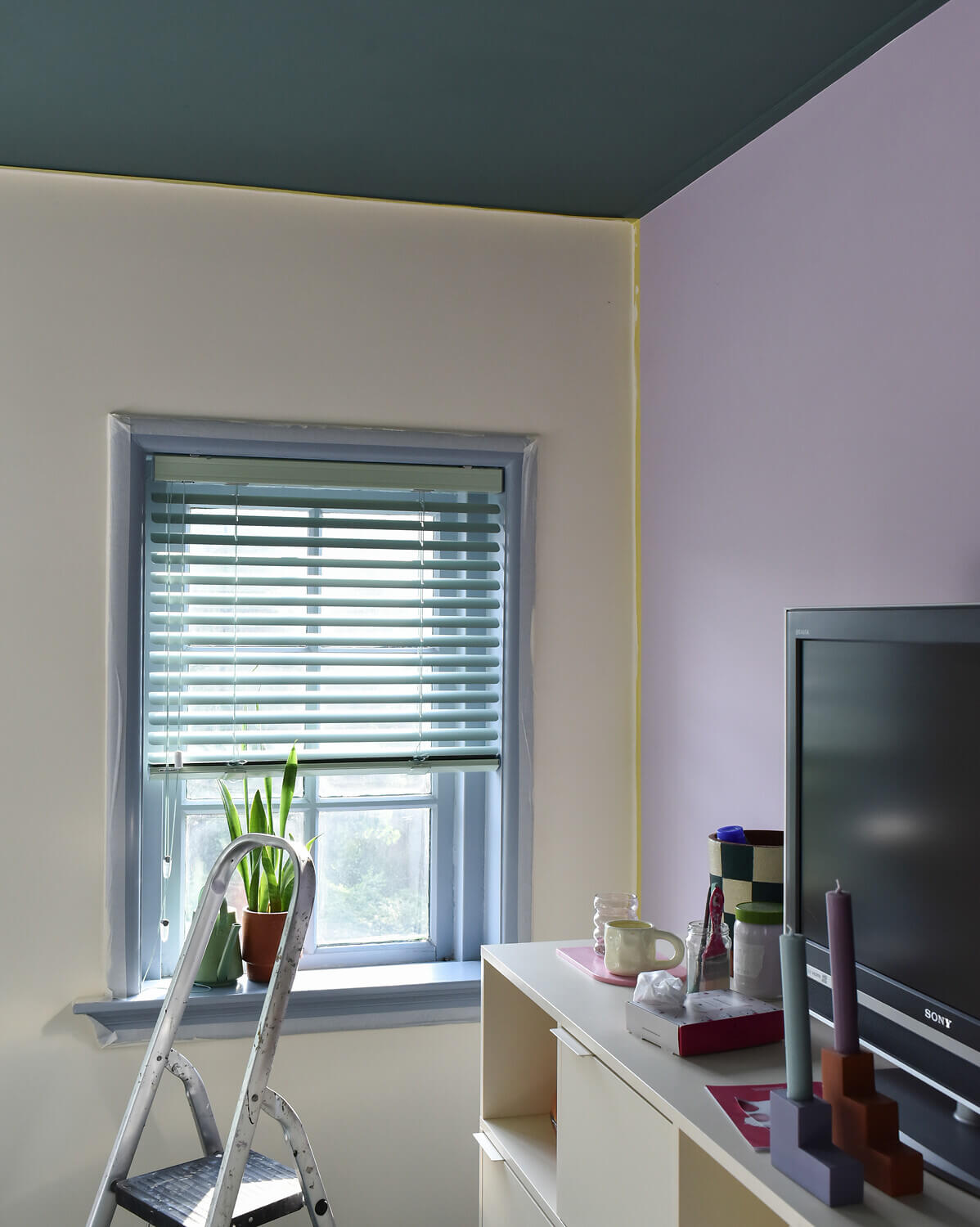
Multicoloured
- Careful masking is particularly important when painting in several colours.
Preparation for painting interior walls
Firstly, prepare the surface thoroughly so that the tape can adhere well. The walls must be dry, dust-free and free of other contaminants before they come into contact with the tape or paint. Oils, grease and release agents prevent reliable adhesion and must be removed in advance. You can find out how to clean your walls properly in this blog: Painting walls: The right preparation & cleaning
Your walls must be as clean and damage-free as possible. All nails should be removed and all holes and cracks filled so that you have an even surface for your paint. Before you start painting, it is important that the filler is completely dry. You can find a detailed explanation of this in our blog.
It is then very important to protect everything that should not come into contact with the paint. Use adhesive tape and plastic drop cloth for this
What do you need to mask and cover?
You need time, tape and masking material. Careful masking and covering is not really fun, but it's worth it. After all, it saves you a lot of time-consuming cleaning work and ensures perfect results. The choice of masking material and adhesive tapes is very important for a satisfactory result of your painting work.
Clear out furniture and protect floors
Wall paint from MissPompadour is drip-free and easy to apply, but better safe than sorry - and in any case, the walls must be freely accessible. Move any furniture that you don't want to remove to the centre of the room and protect it with transparent plastic drop cloth. You can find the transparent film in our MissPompadour online shop.
To protect the floor, you can work well with painter's fleece. Spread a piece of fleece along the wall you are painting. However, if you want to paint the ceiling, it is definitely advisable to cover the entire floor with painter's fleece or plastic drop cloth.
The right masking tape
Then it's time to mask. In the online shop you will find excellent masking tape that adheres well with natural rubber as an adhesive and - and this is particularly important - is also easy to remove. MissPompadour To Mask is available in various widths
This adhesive tape seals perfectly at the edges so that no colour can run underneath. This gives you a clean colour edge. To achieve these sharp edges, however, it is important that you press the tape down firmly
MissPompadour Paint tape is also perfect if you want to design a wall in two colours or create vertical stripes in different colours.
Surface protection
Protect light switches, sockets, windows, radiators and doors
Window frames, window sills, radiators, door frames and doors must also be protected from unwanted paint during painting. When masking windows, make sure that the windows can still be tilted so that the room is well ventilated during painting. All skirting boards should be carefully masked with painter's tape before painting
Mask corners and edges
The correct order is also here: Clean everything first, then mask properly with masking tape. This is because painter's tape tends to have low adhesion, which is of course an advantage when removing it
Before you start taping walls and corners, make sure that the surface is dry. It must be free of grease and dust. It is best to clean the surfaces of the walls with a hoover. This will reach every nook and cranny
Once you have masked everything well, you can start painting! You can find detailed instructions in our blog Painting walls.
After masking
Remove the tape in good time
After you have painted your wall, the tape should not remain on the wall for too long. It is best to remove it slowly and carefully while the wall paint is still wet. Remove the tape evenly and at an obtuse angle so that the surface is subjected to as little stress as possible and the newly painted colour does not crack. This prevents the paint from chipping and gives you smooth, clean colour edges
Tip: If the painter's tape is very stubborn, you can carefully heat it with a hairdryer. The adhesive is easier to remove when it is warm and soft
Tip: Caked-on tape or an unclean edge with paint underneath can be removed with a cutter knife if necessary.
Correct masking when painting furniture
Even if furniture is to be painted, it sometimes needs to be masked with masking tape. For example, if you want to use two different colours or want to work with wallpaper, it can be useful to mask off everything that is to be painted in a different colour
Incidentally, there is a blog that deals specifically with the topic of two-colour furniture design
Conclusion: You won't get a perfect result without careful preparatory work
Careful covering with film and correct masking with adhesive tape in advance are quite time-consuming and labour-intensive tasks, but the work is definitely worth it for perfect end results

